Jaguar has finally taken the covers off the finished version of its all-new F-Pace SUV at the Frankfurt motor show.
The F-Pace will reach the UK next spring, priced from £34,170. It is the first SUV in Jaguar’s 70-year history and will be crucial, along with the XE saloon, in underpinning the future prosperity of the firm.
The F-Pace and XE should help to lift Jaguar’s annual volumes past 200,000 units. Last year it sold 81,000 cars. The F-Pace is expected to outsell the XE globally, which further highlights its significance to Jaguar
Read our reviews of the Jaguar F-Pace in 3.0-litre V6, 2.0-litre diesel and 3.0-litre diesel spec.
Based on the same modular aluminium platform as the XE and new XF saloon, the F-Pace is targeted at everything from the BMW X3 to the Porsche Macan in the premium mid-size SUV segment. Although it shares a common architecture with the XE and XF, Jaguar says 81% of the car's parts are new. Around 80% of the F-Pace's body is aluminium, and the car's body in white weighs just 298kg - about the same as a Fiat 500L.
Other materials include a composite tailgate, magnesium for the front end carrier and steel for the doors.
A varied model range at launch includes the most frugal diesel in the class and a full-blown sports variant with an engine and chassis technology from the F-Type sports car.
The F-Pace’s overall look and feel are broadly in line with the C-X17 concept car of 2013, the model that was the first visual proof of Jaguar’s intention to launch an SUV. Indeed, an SUV has been promised by the firm since 2012, when then boss Adrian Hallmark revealed one was in the works when speaking to Autocar at the Geneva show.
Blog - Jaguar F-Pace versus the Frankfurt motor show
The F-Pace sits between the XE and XF in length. It’s 4731mm long, 1936mm wide and 1652mm tall, with a 2874mm wheelbase and a ground clearance of 213mm. This makes the F-Pace marginally longer and wider than the X3. It also has a longer wheelbase than the X3 and practically matches the BMW on height.
From launch, Jaguar will offer one petrol and two diesel engines, rear and all-wheel drive and five trim levels. The F-Pace has a 50:50 weight distribution
The entry-level 178bhp, 318lb ft diesel is the 2.0-litre four-pot unit seen in the XE and XF. As standard, it is hooked up to a six-speed manual gearbox driving the rear wheels. In this form, the F-Pace is claimed to be the most frugal car in its class, with 57.7mpg combined fuel economy and CO2 emissions of 129g/km. It covers 0-60mph in 8.5sec and has a 130mph top speed. This engine can also be paired with all-wheel drive, at which point an eight-speed automatic gearbox becomes optional.

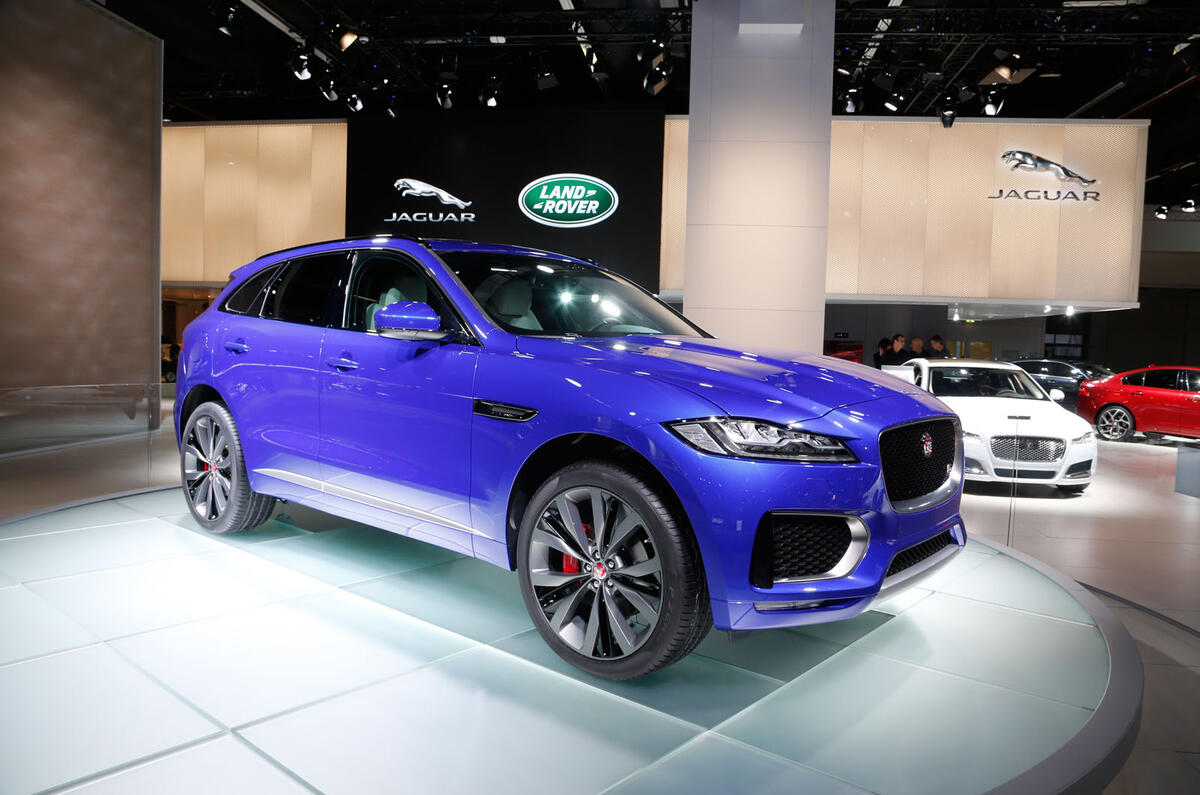
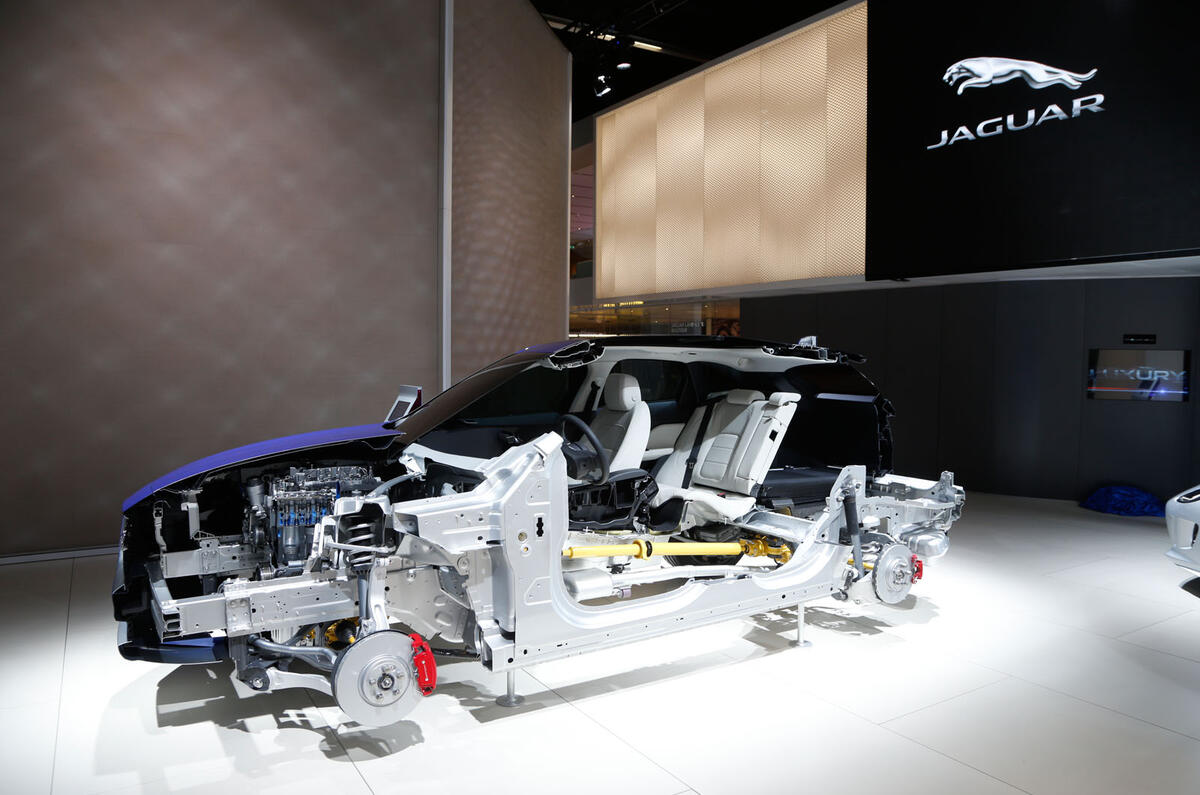
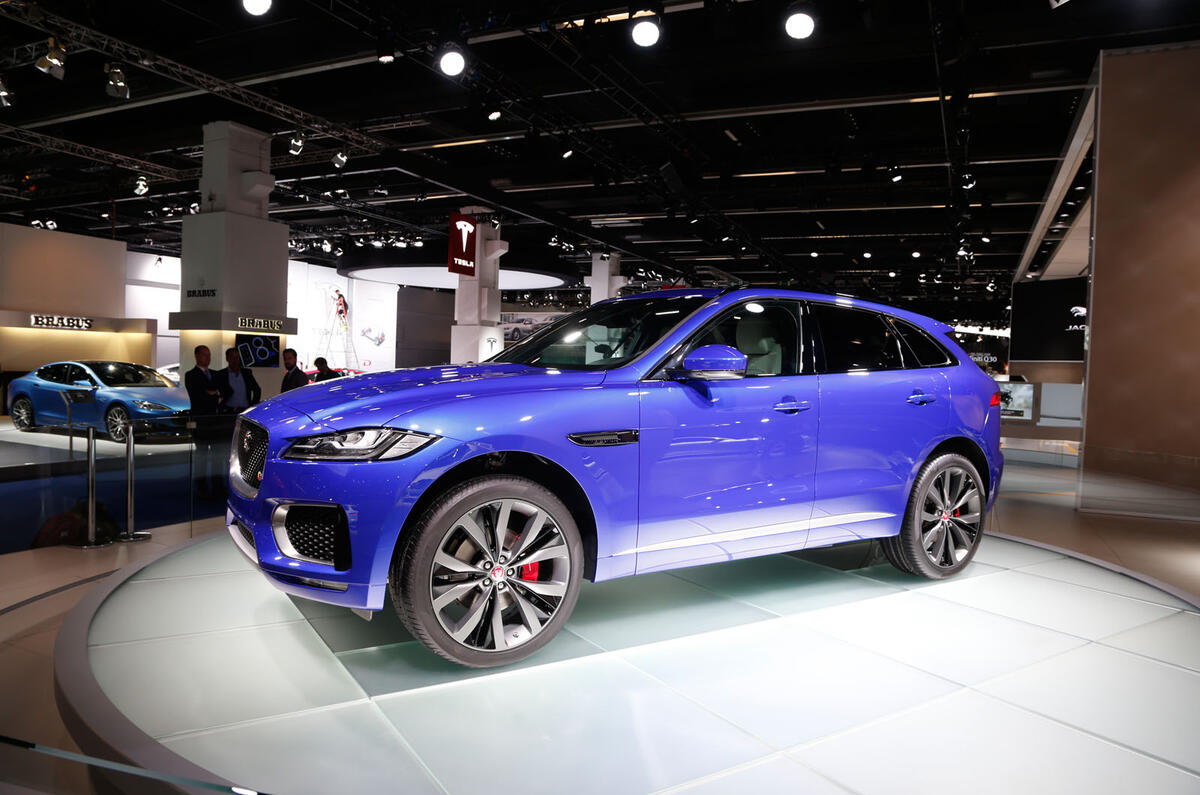

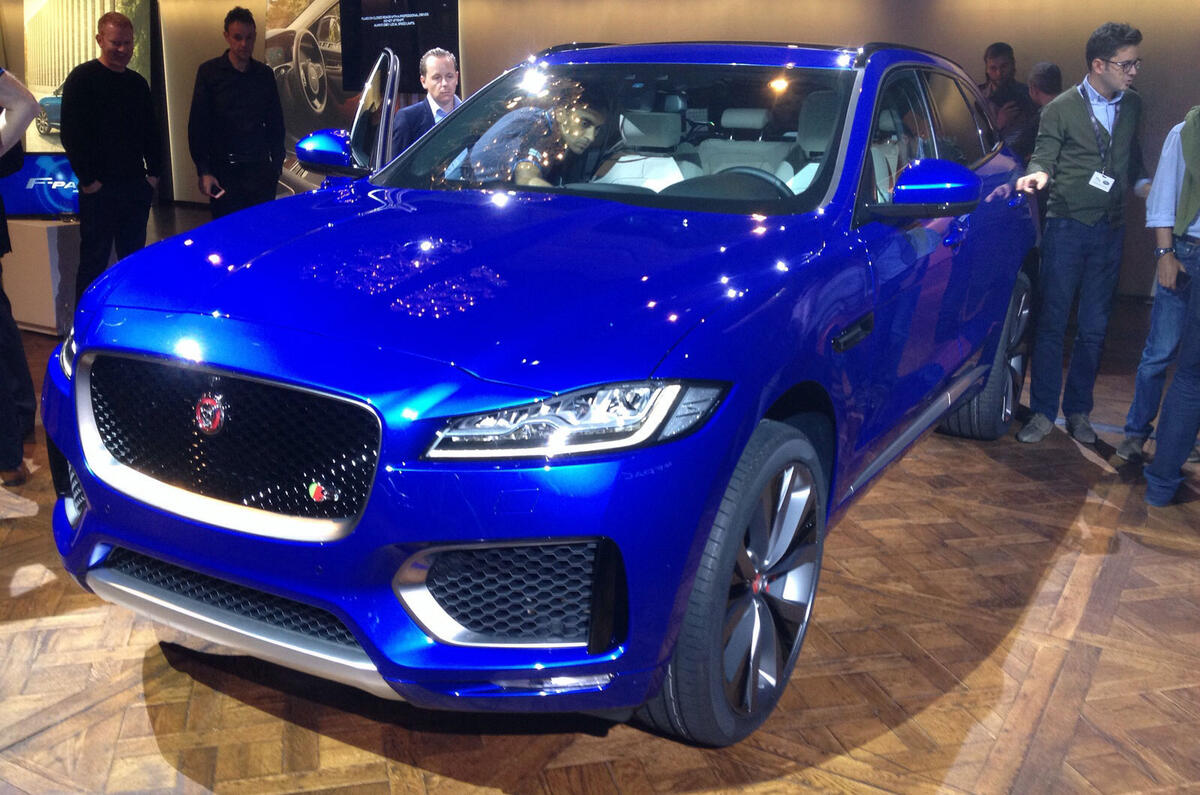

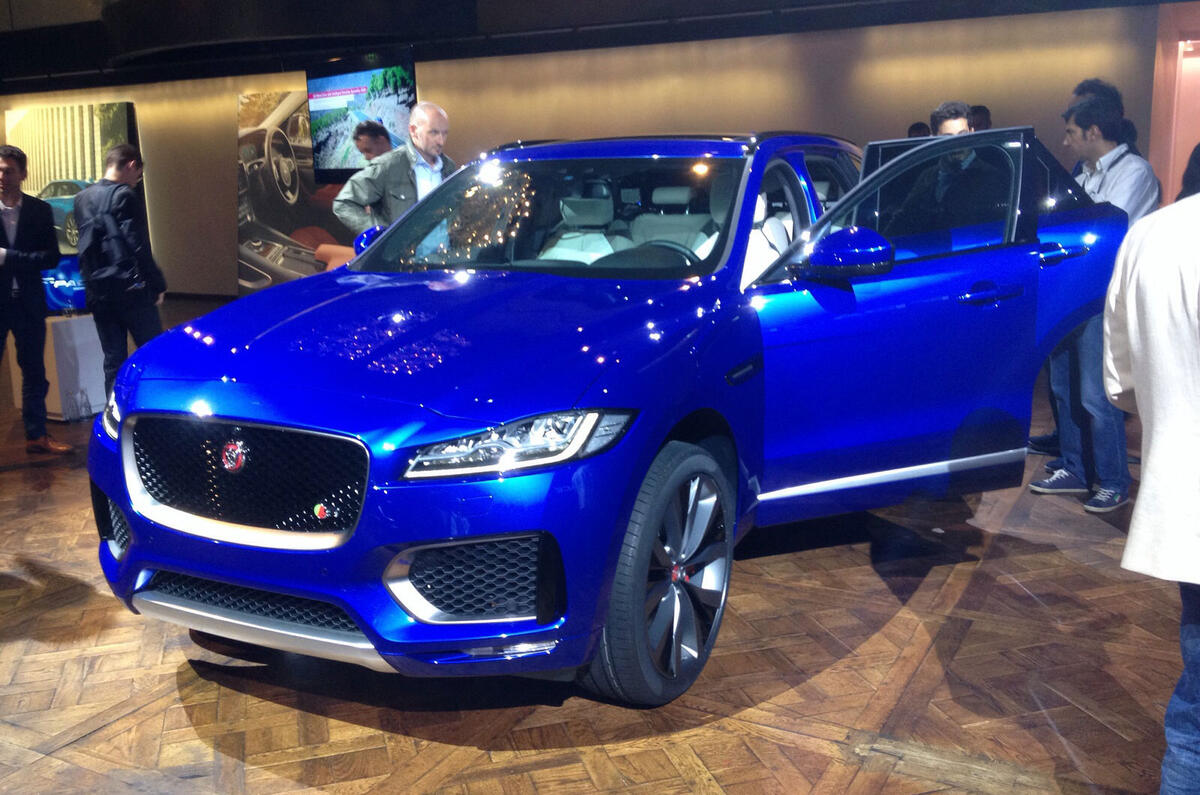
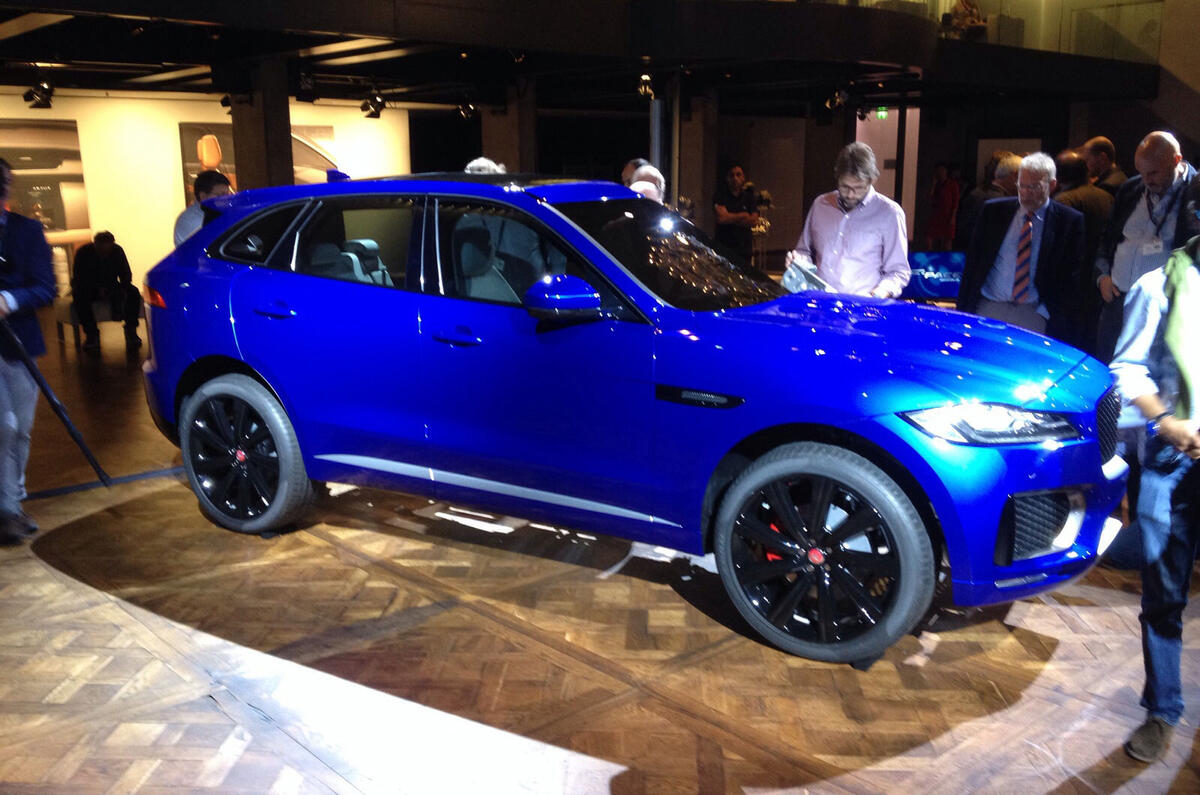

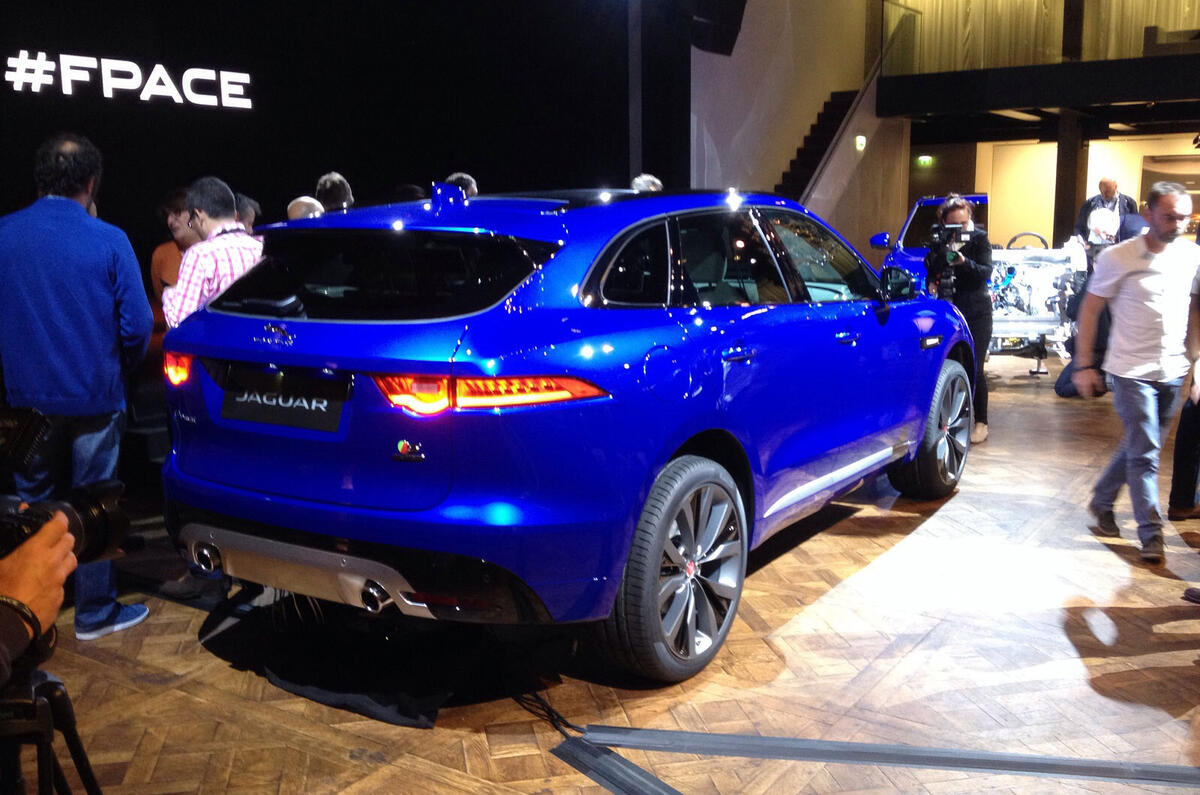

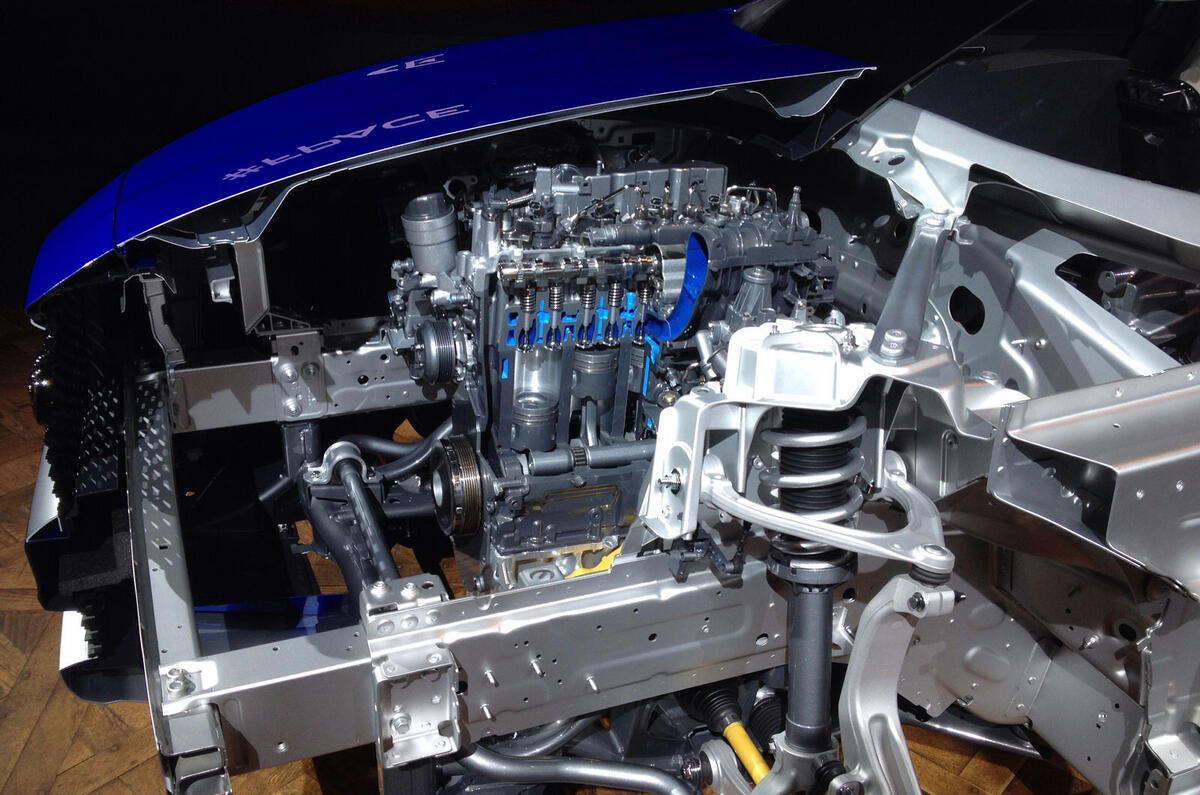
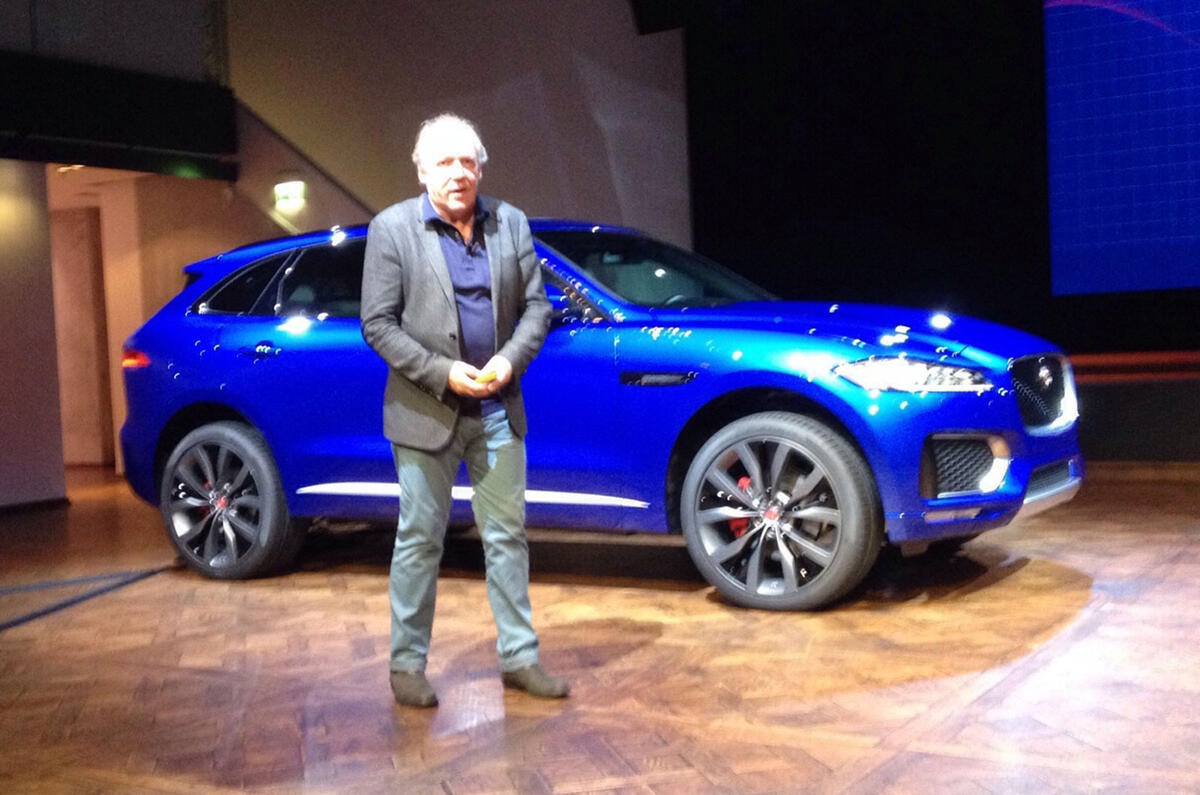
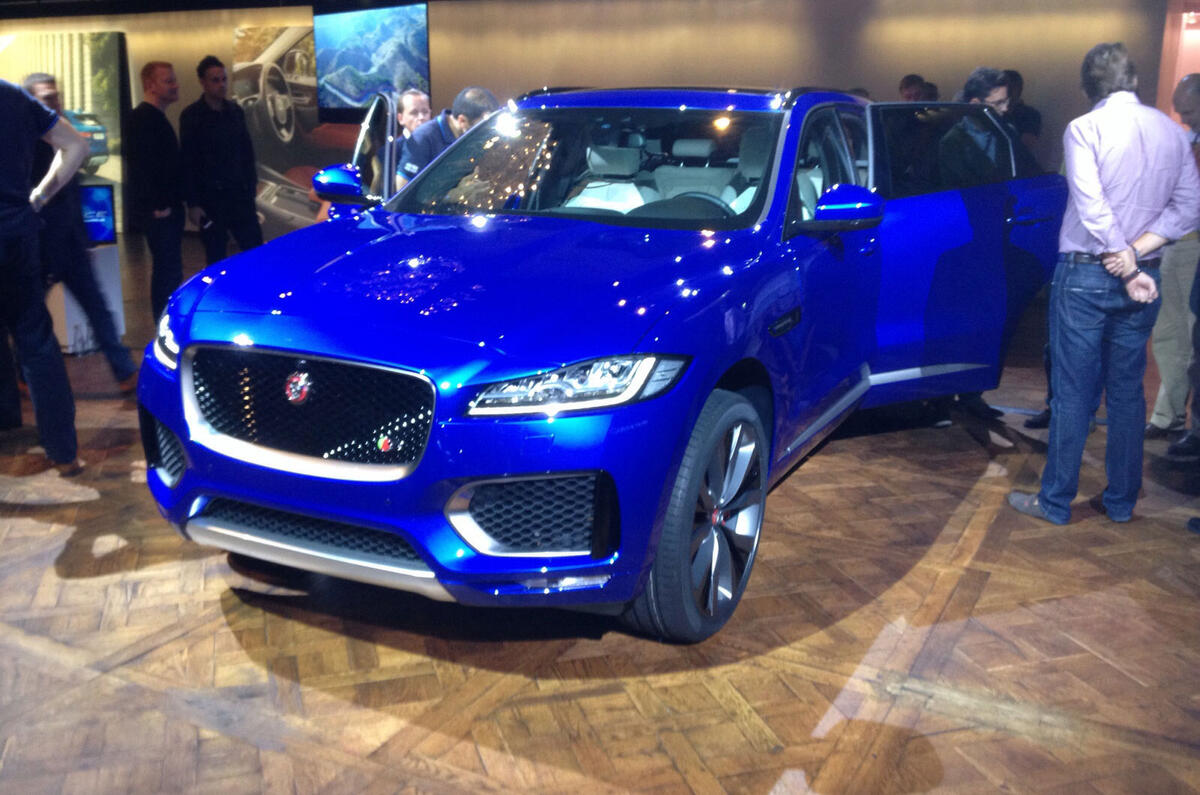
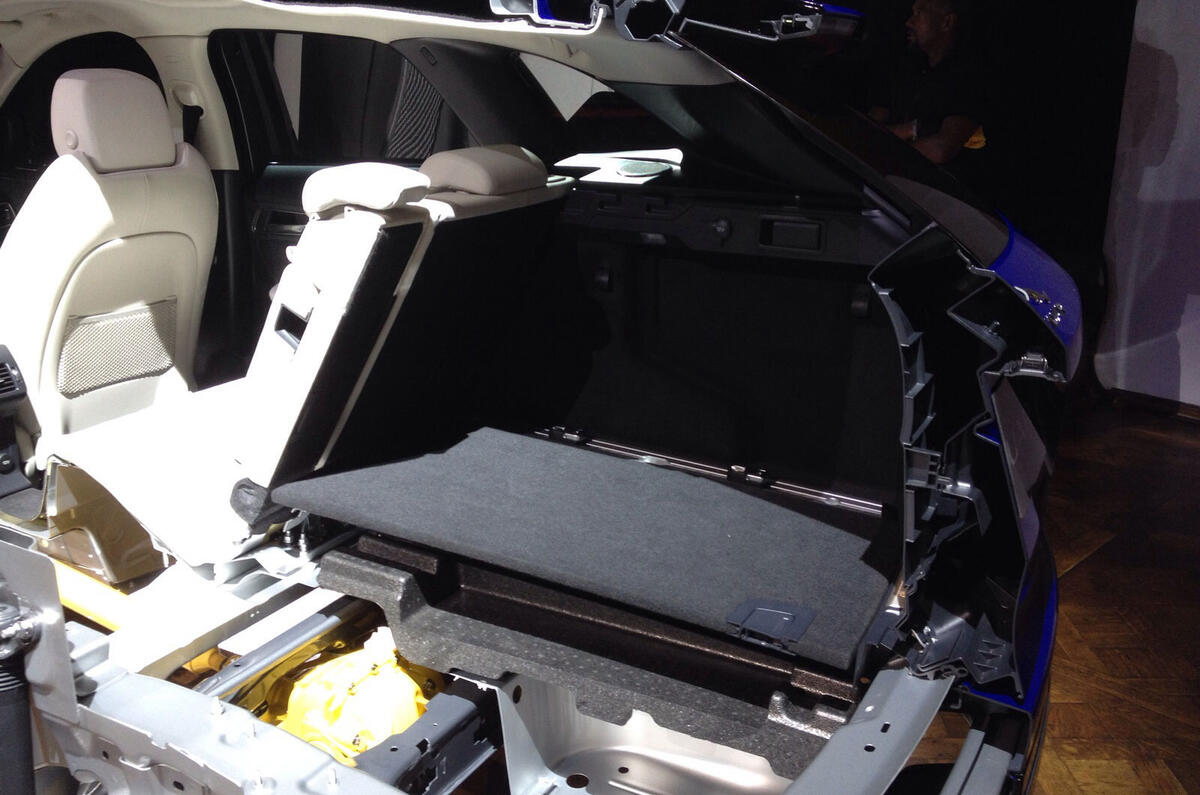
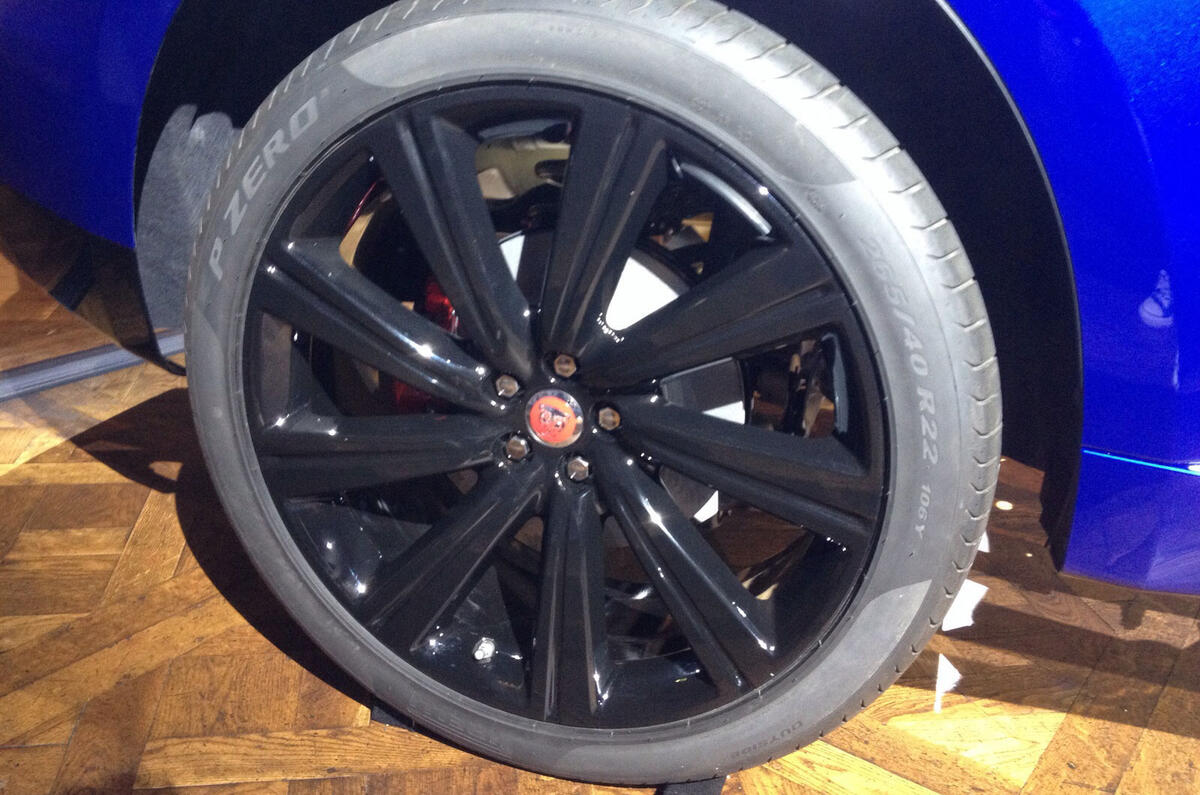
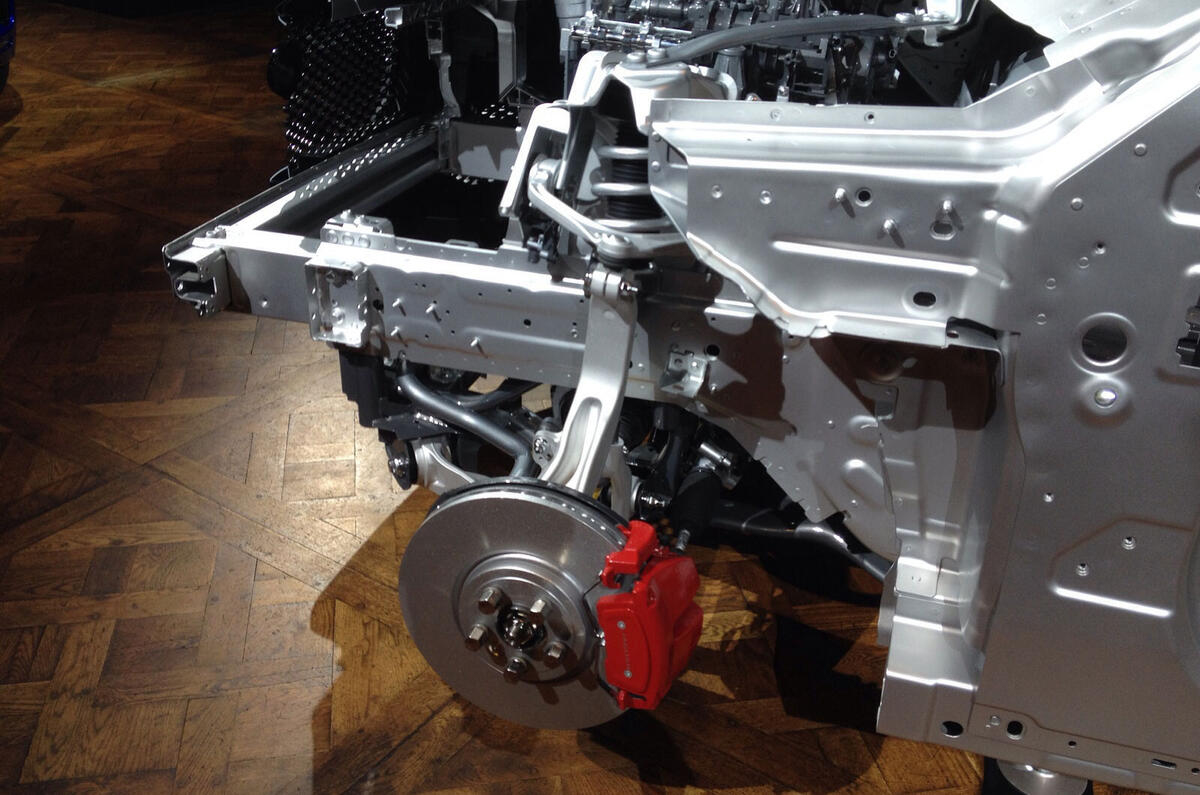

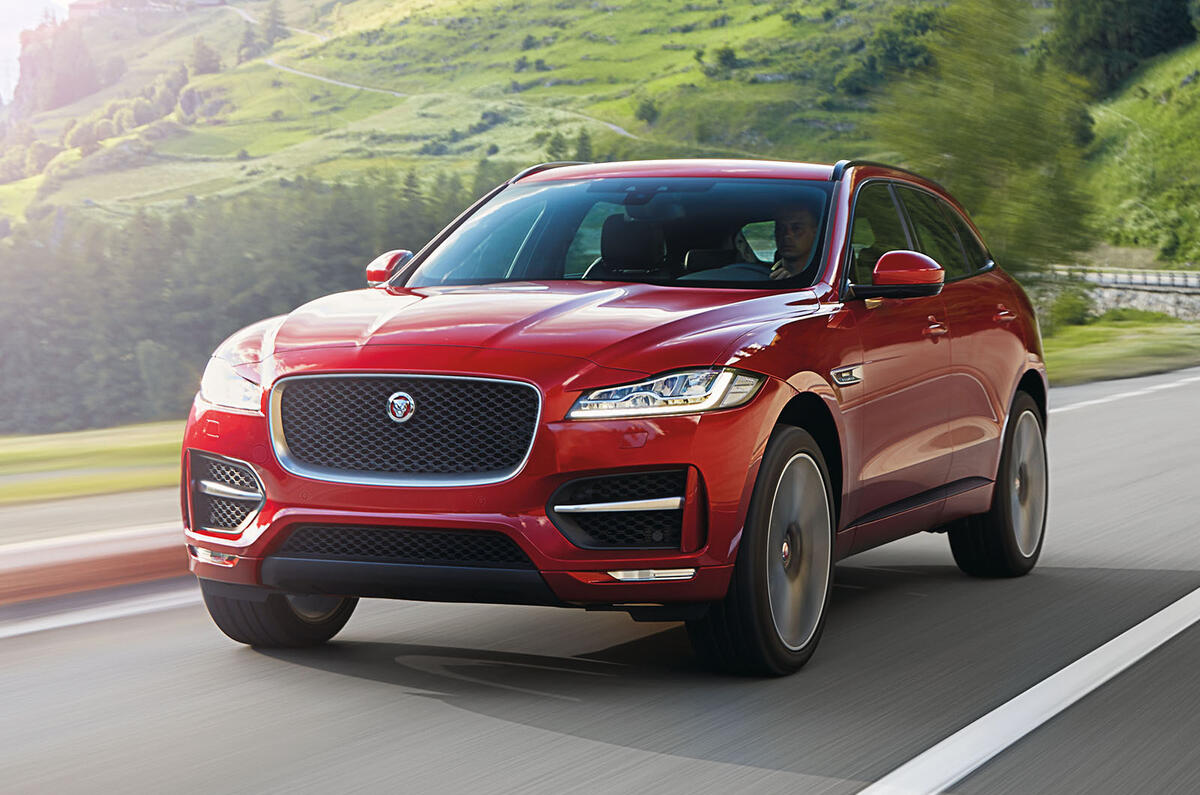




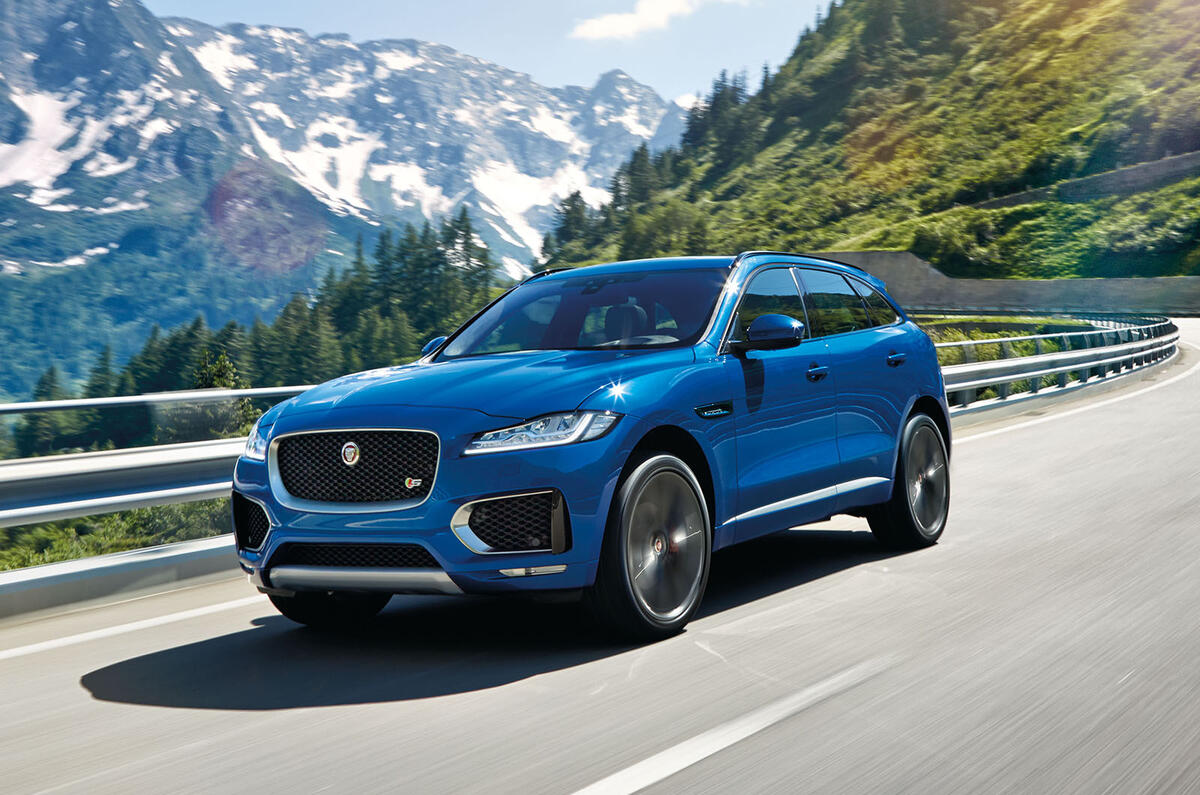
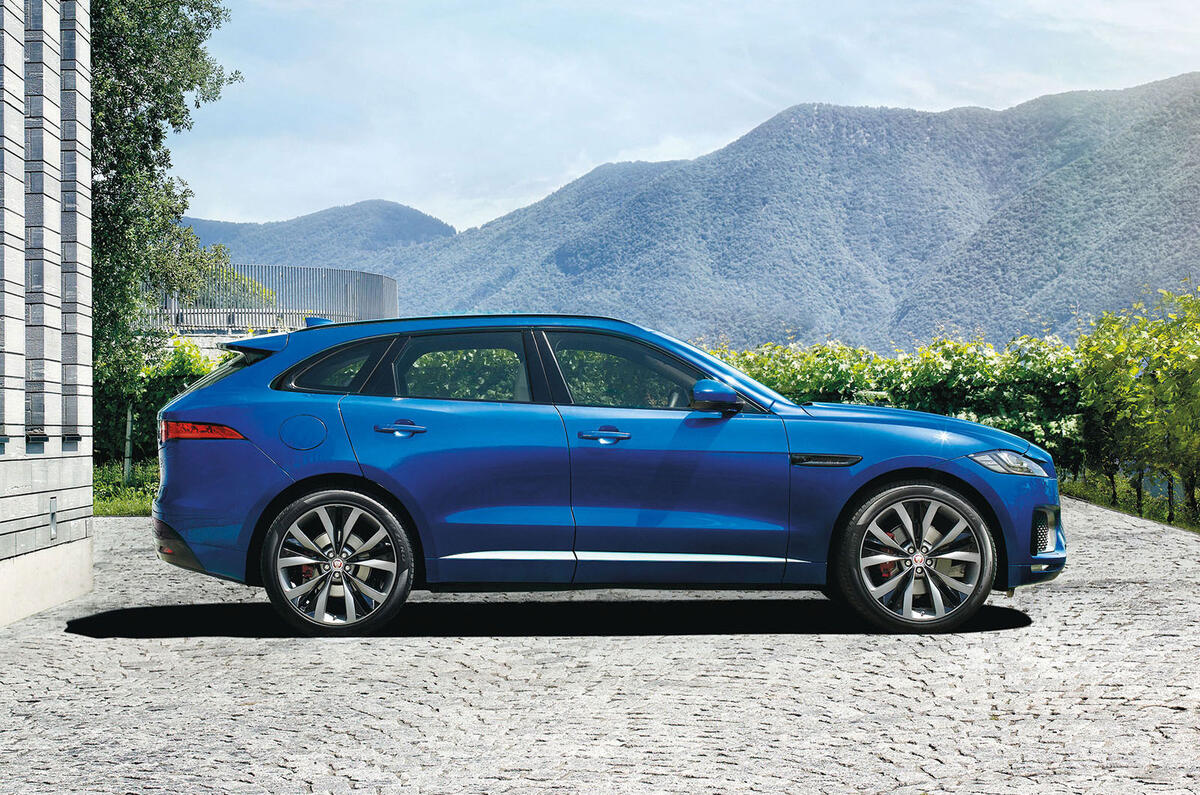
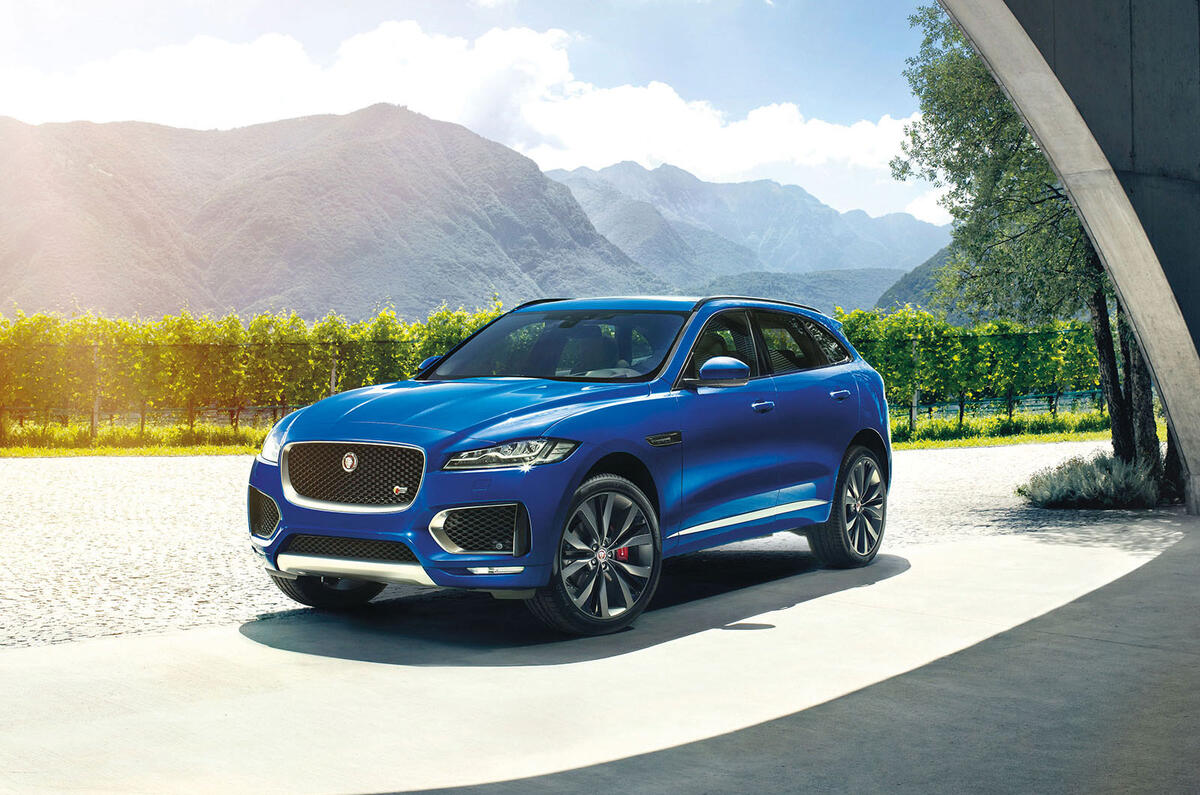

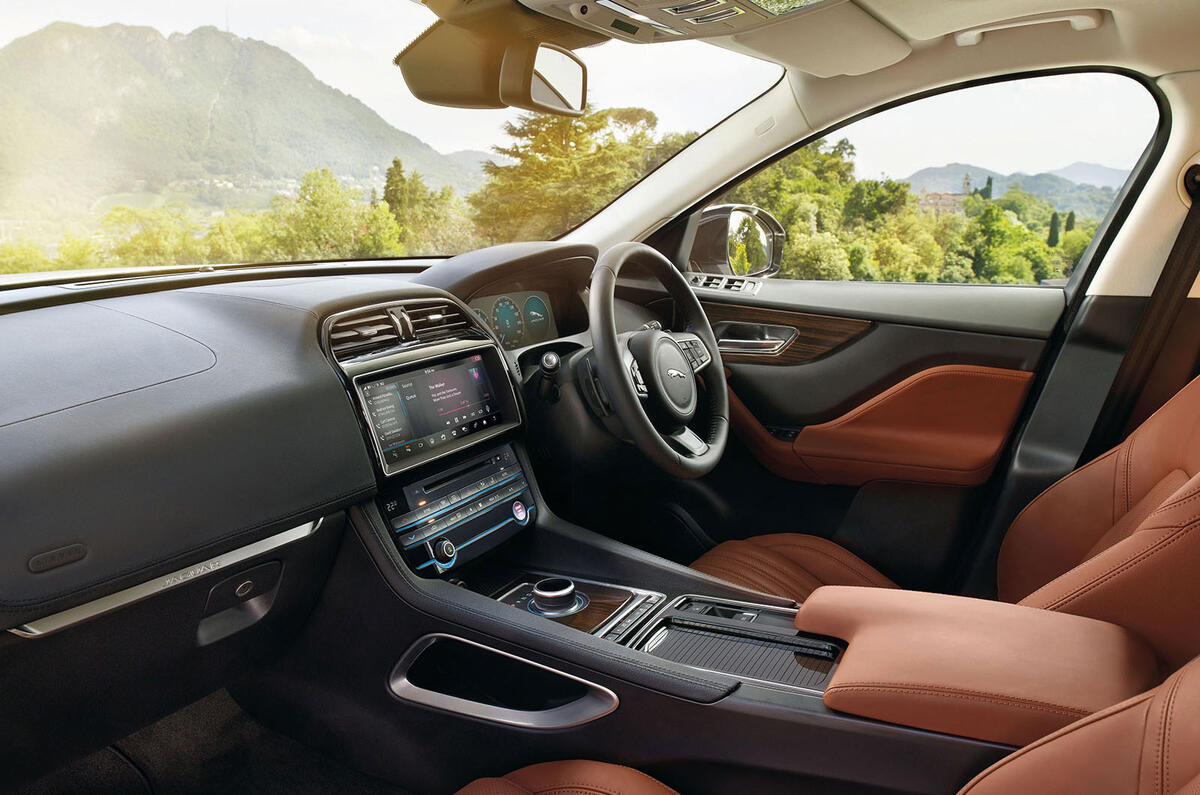
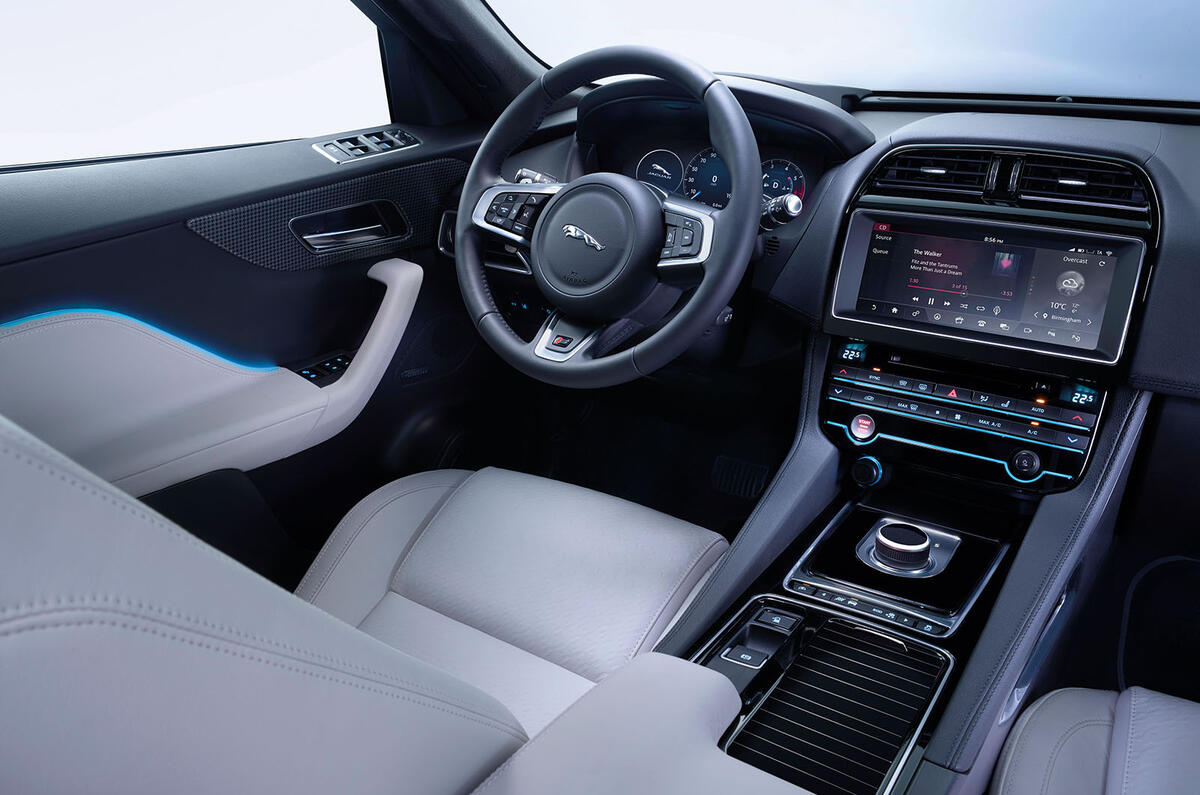
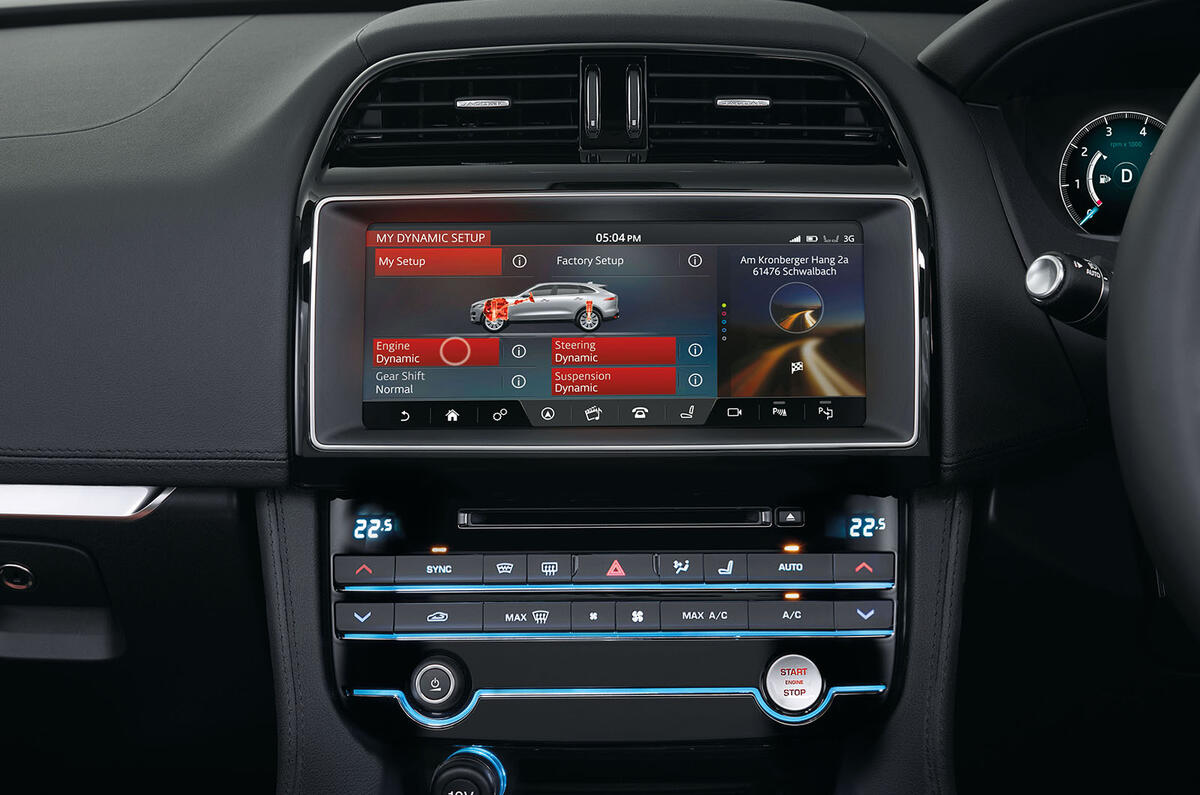
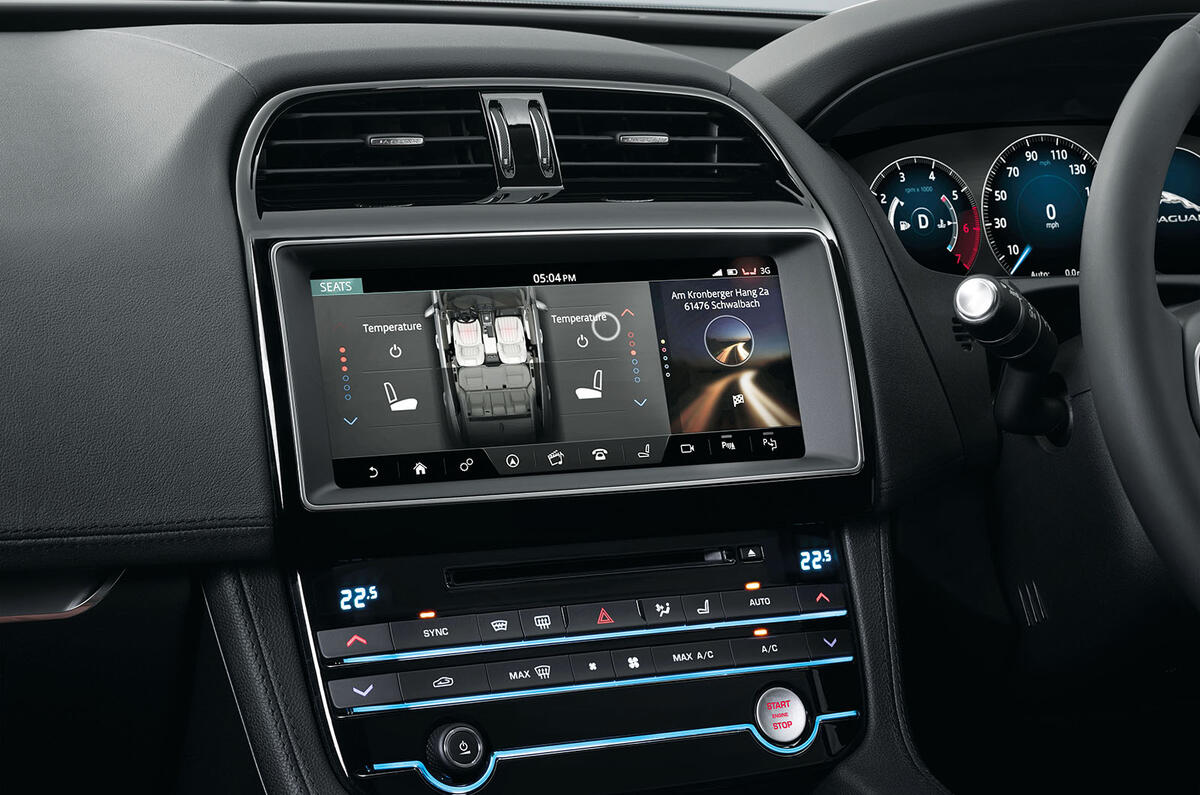
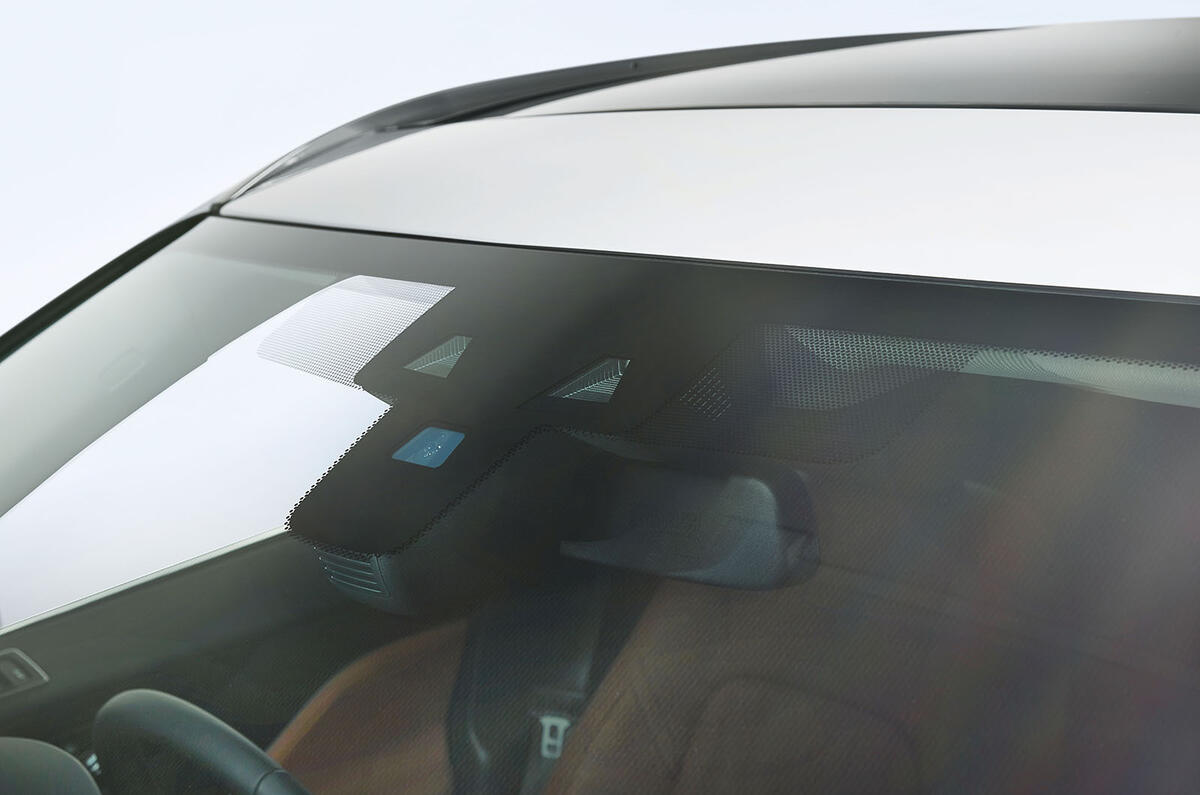
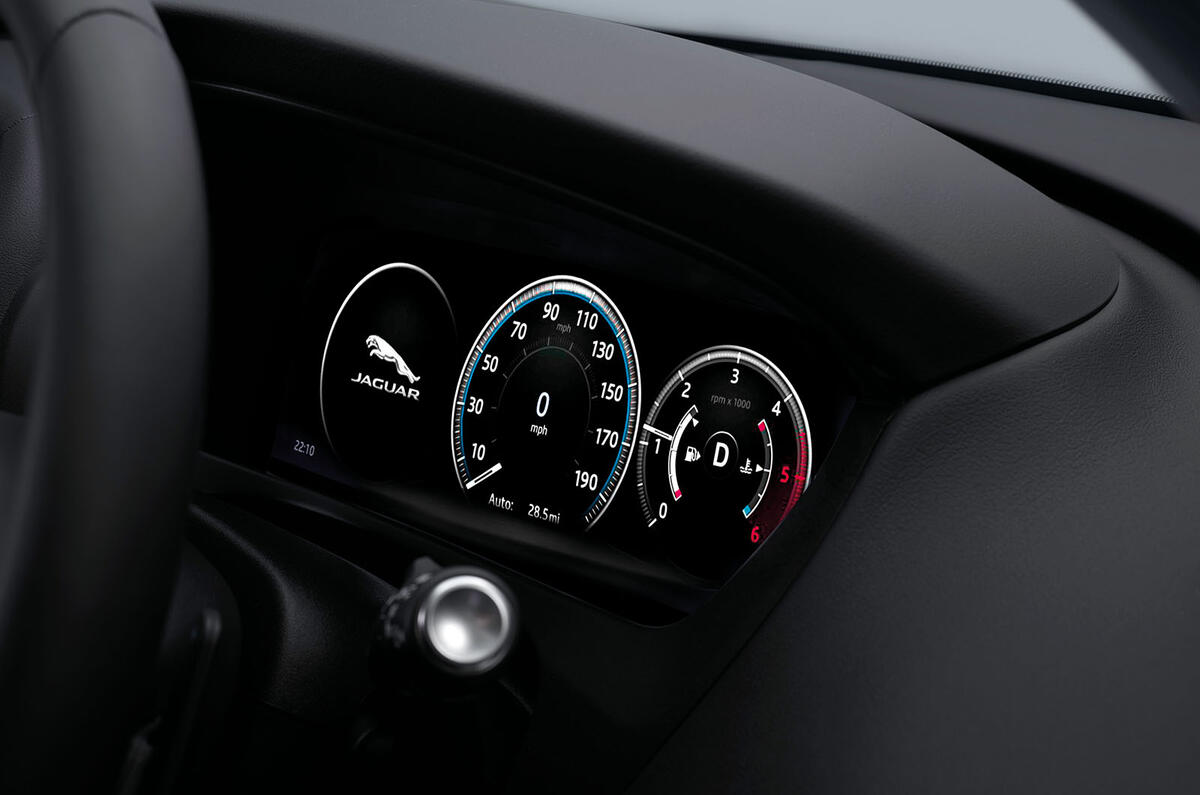
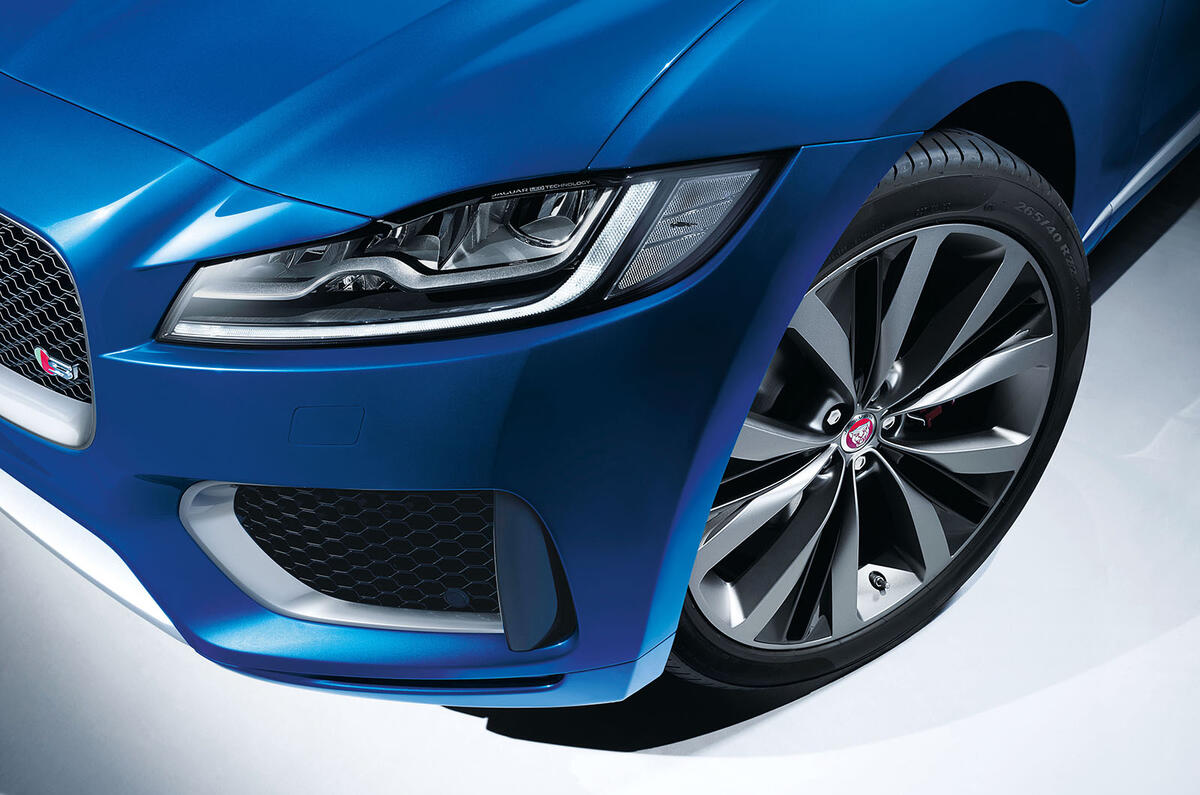



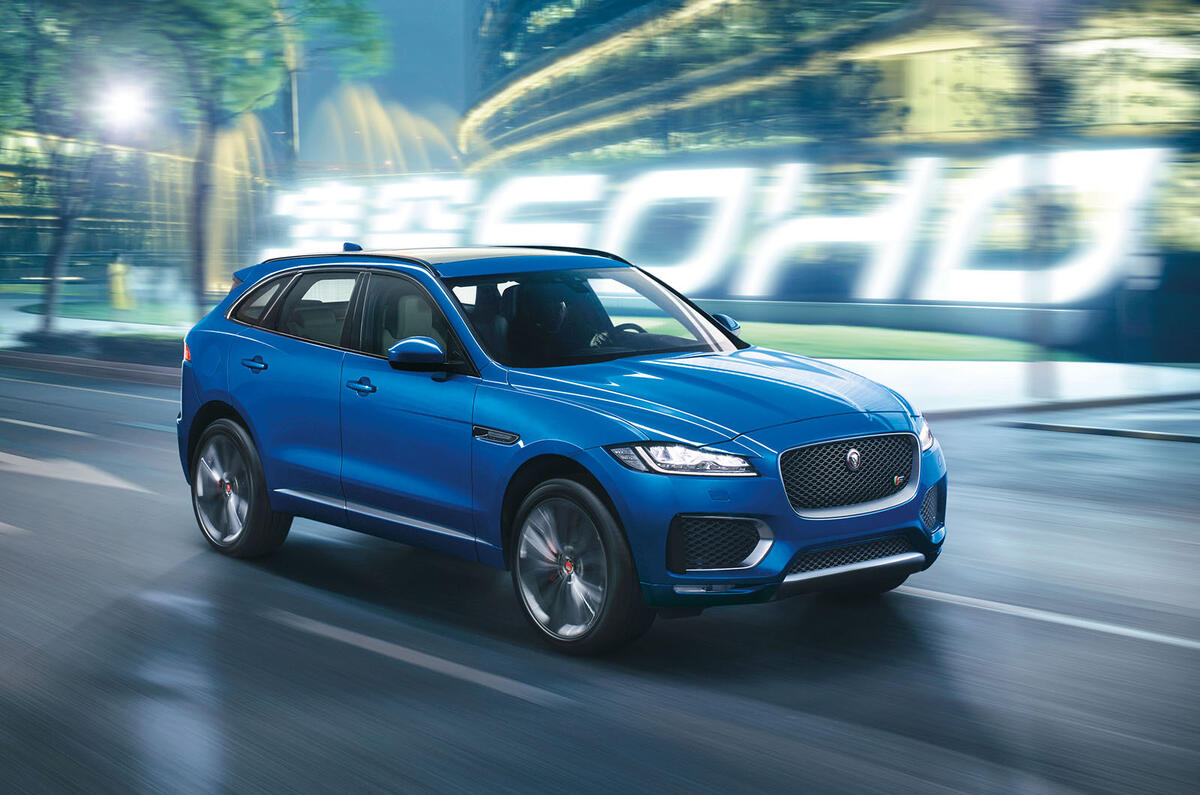


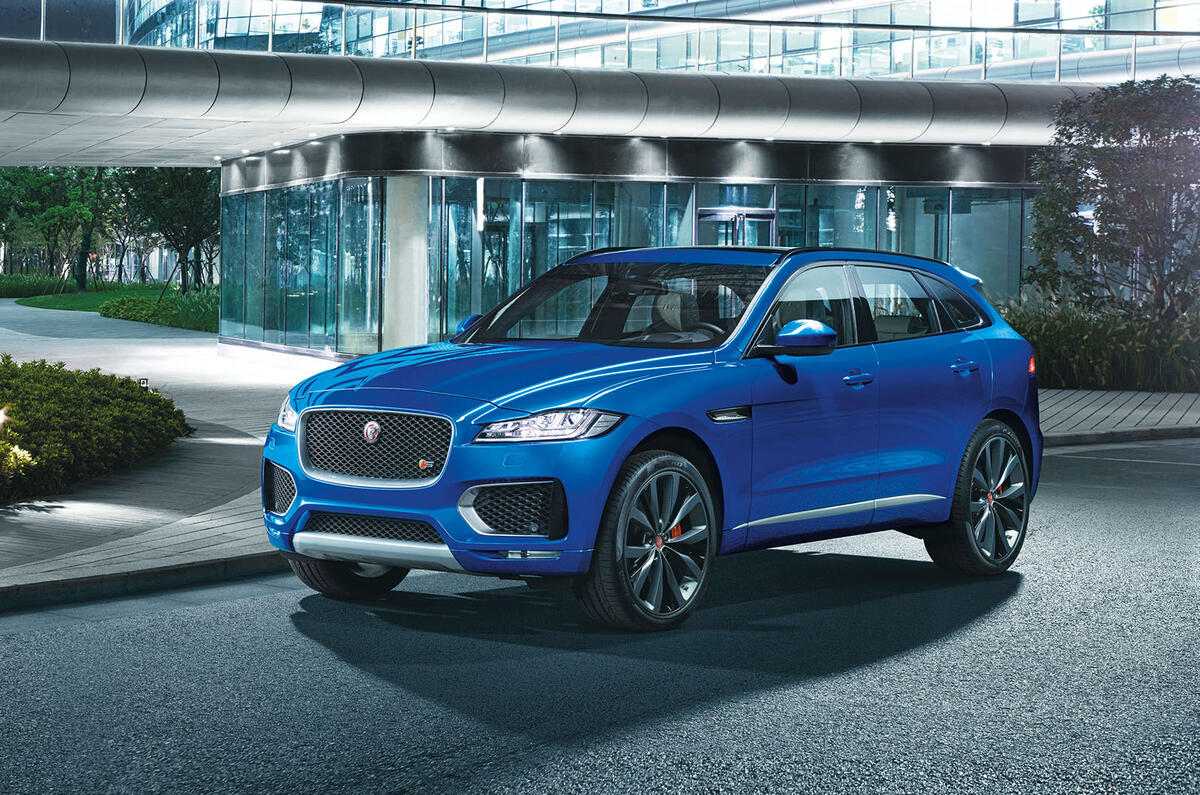
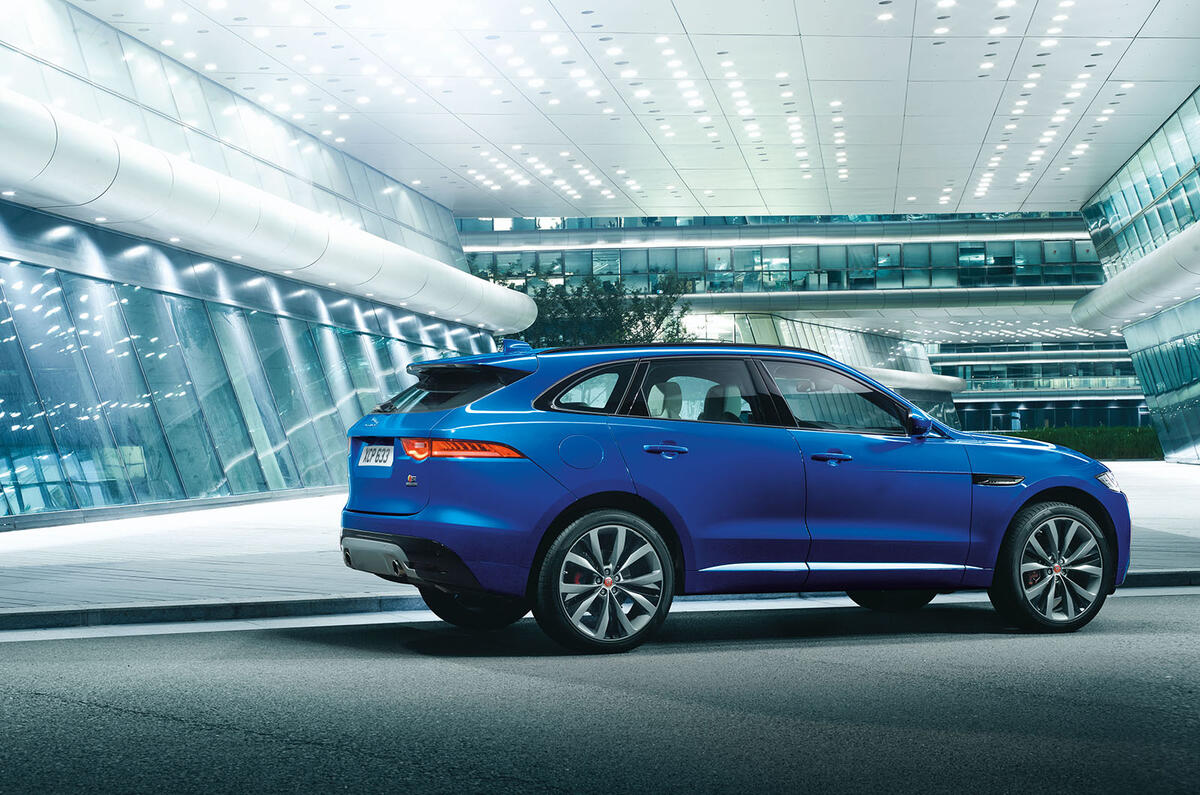
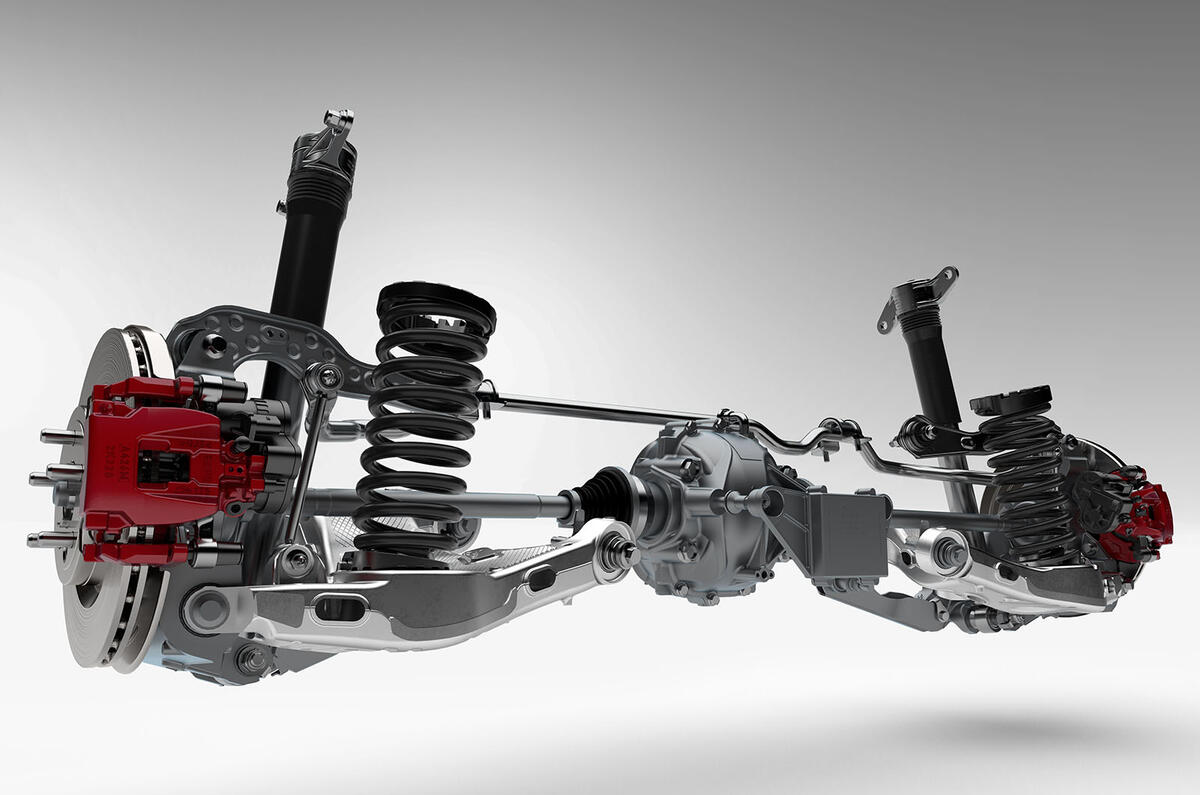

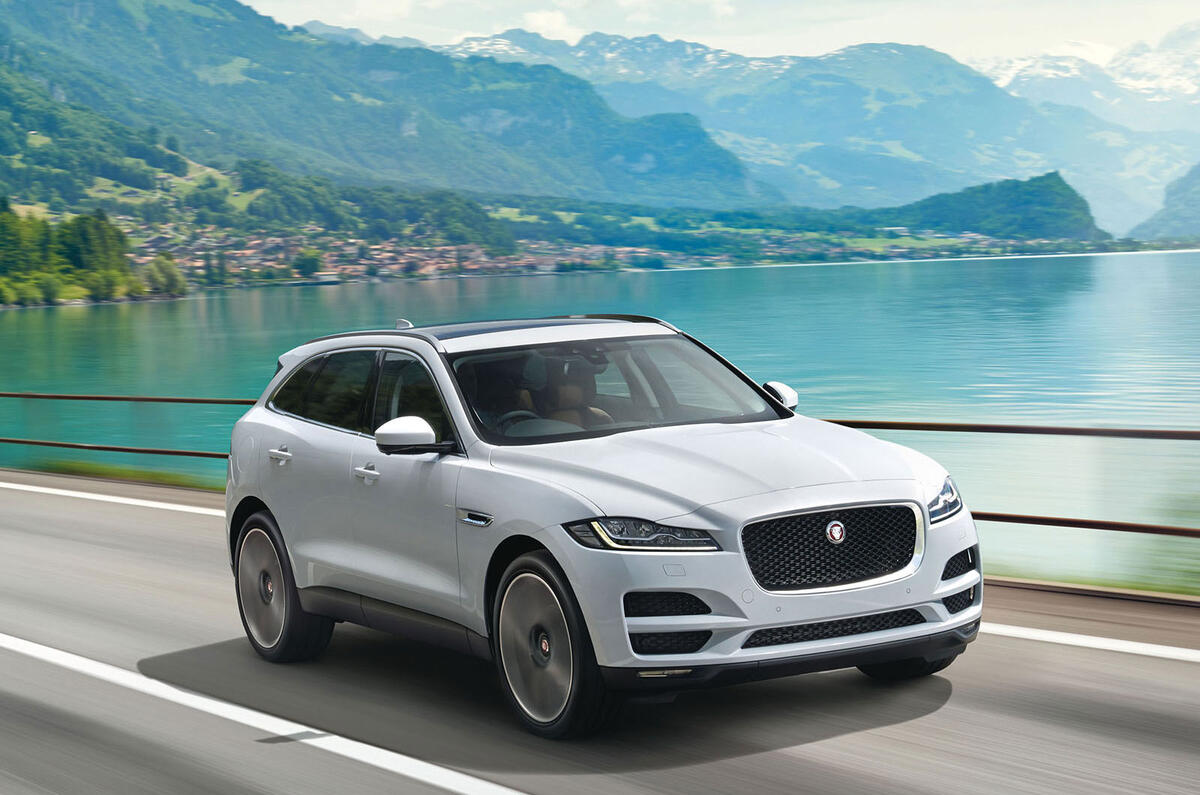

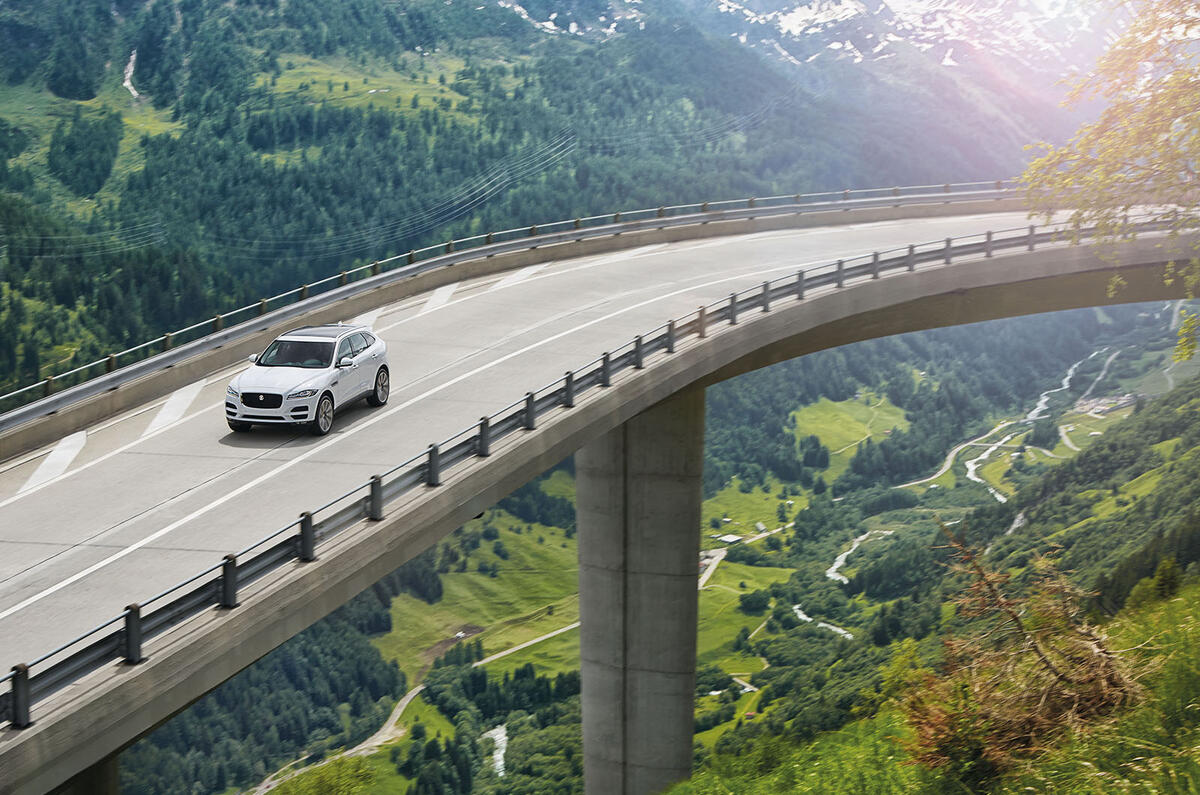

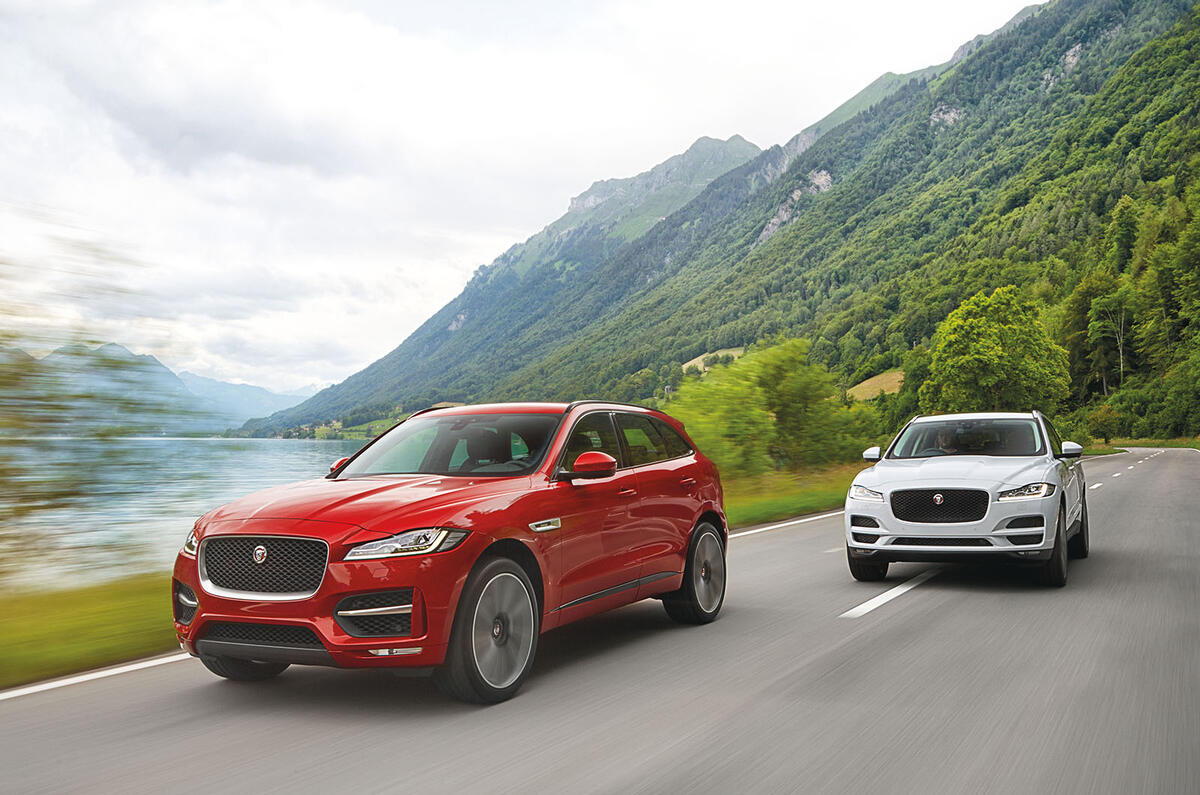
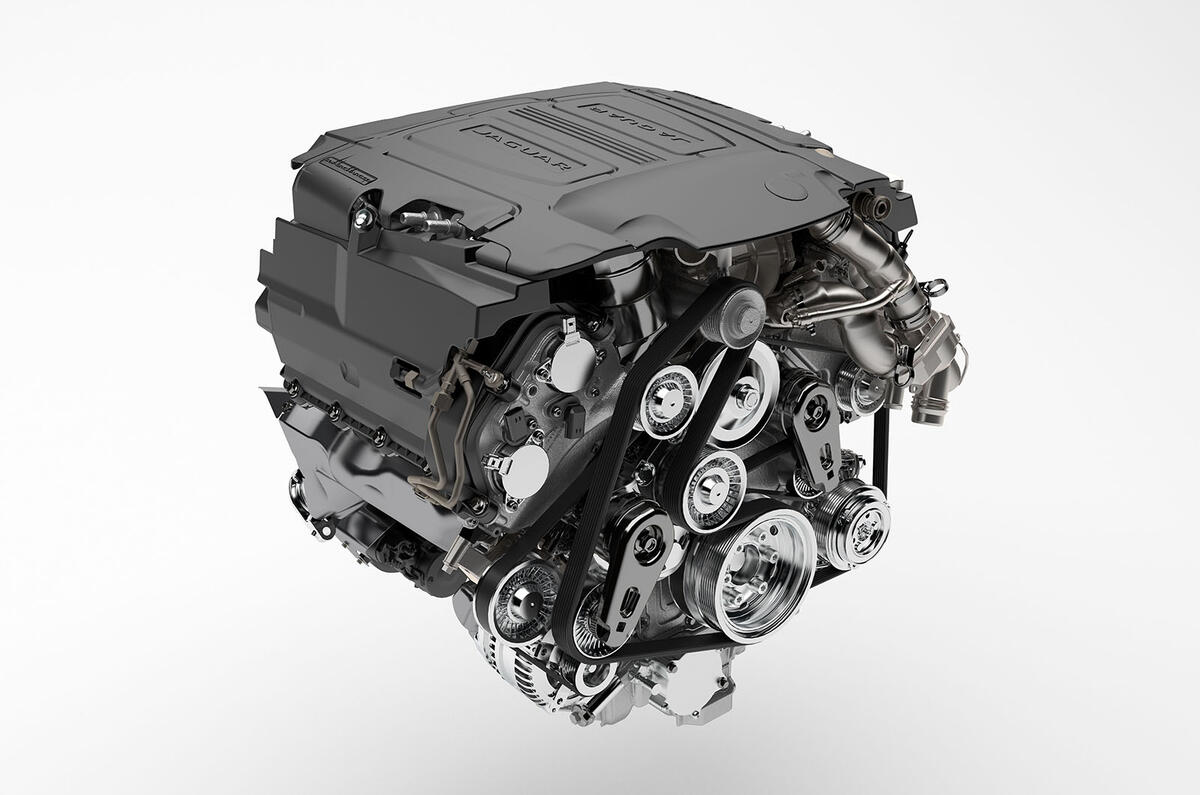

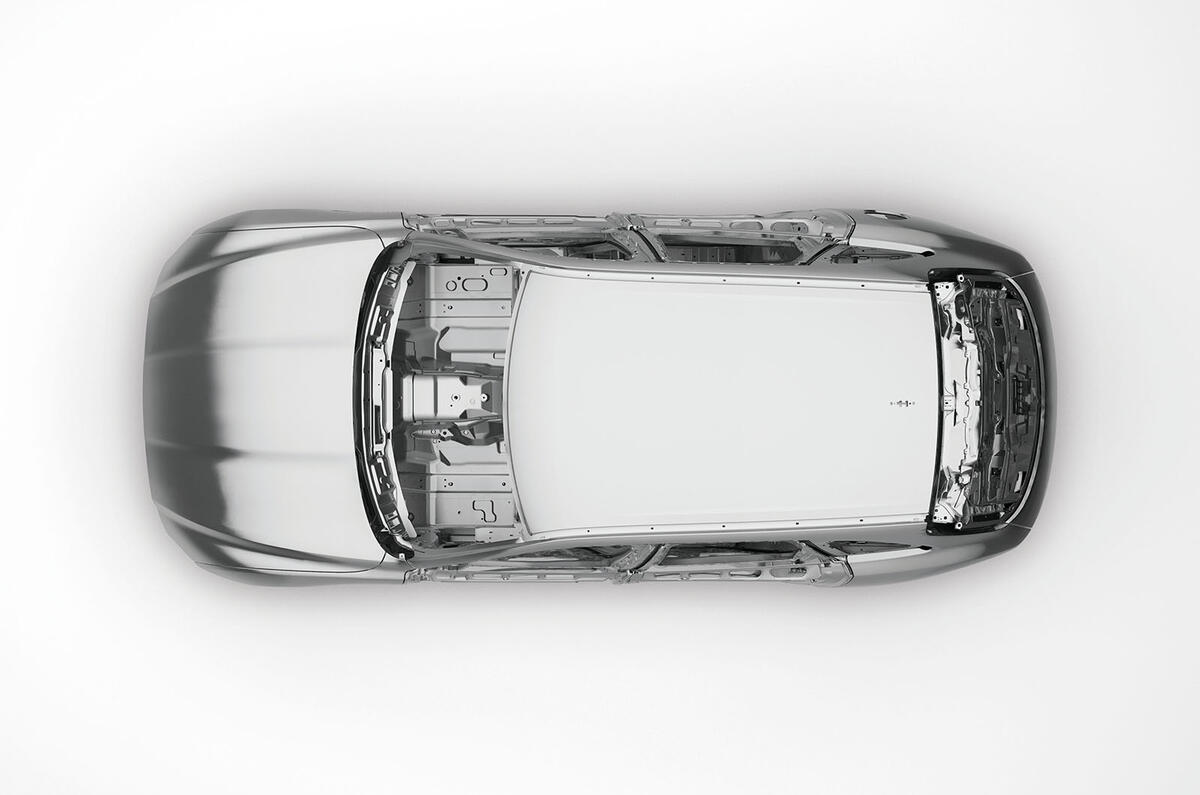
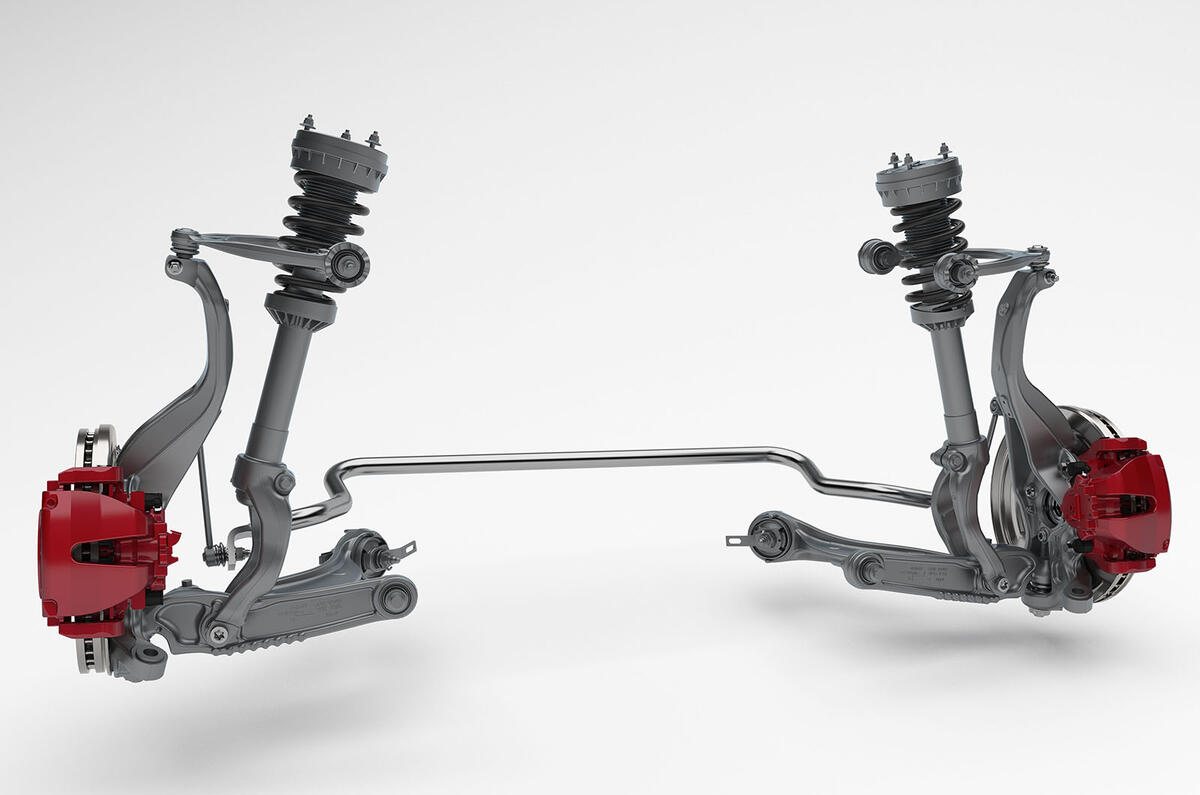
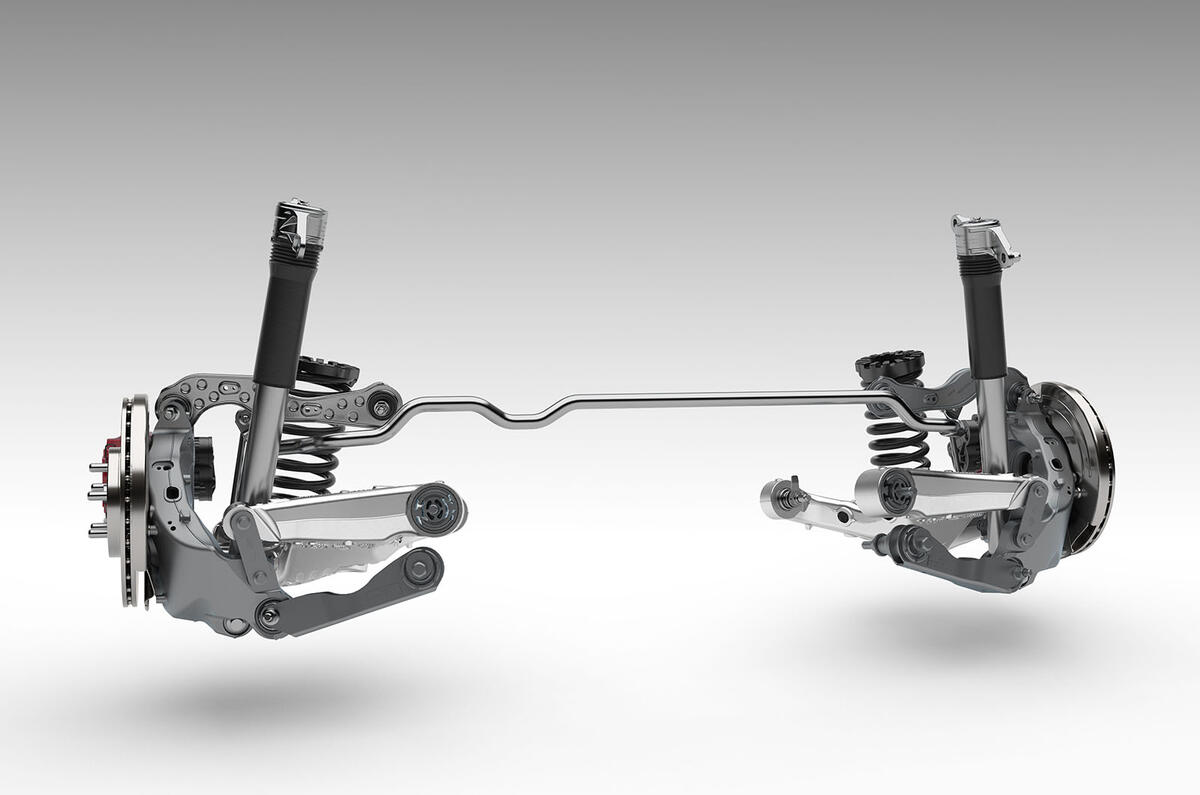
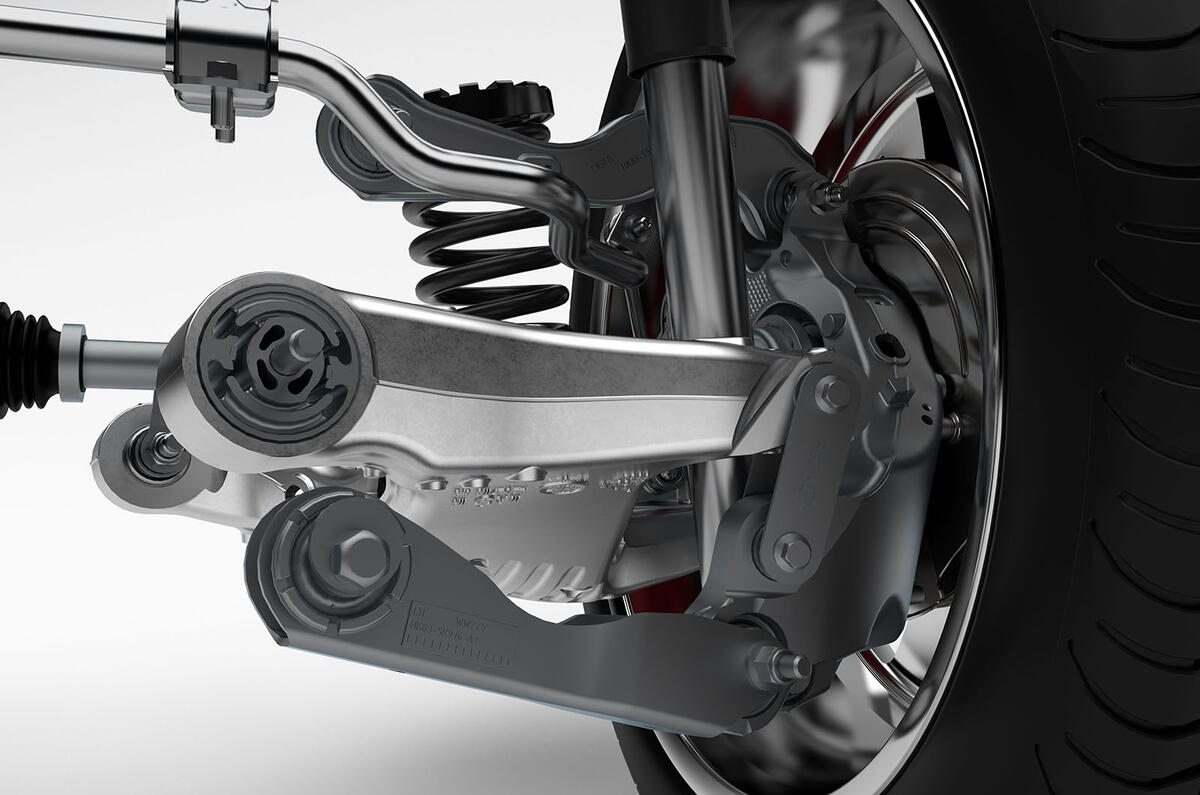
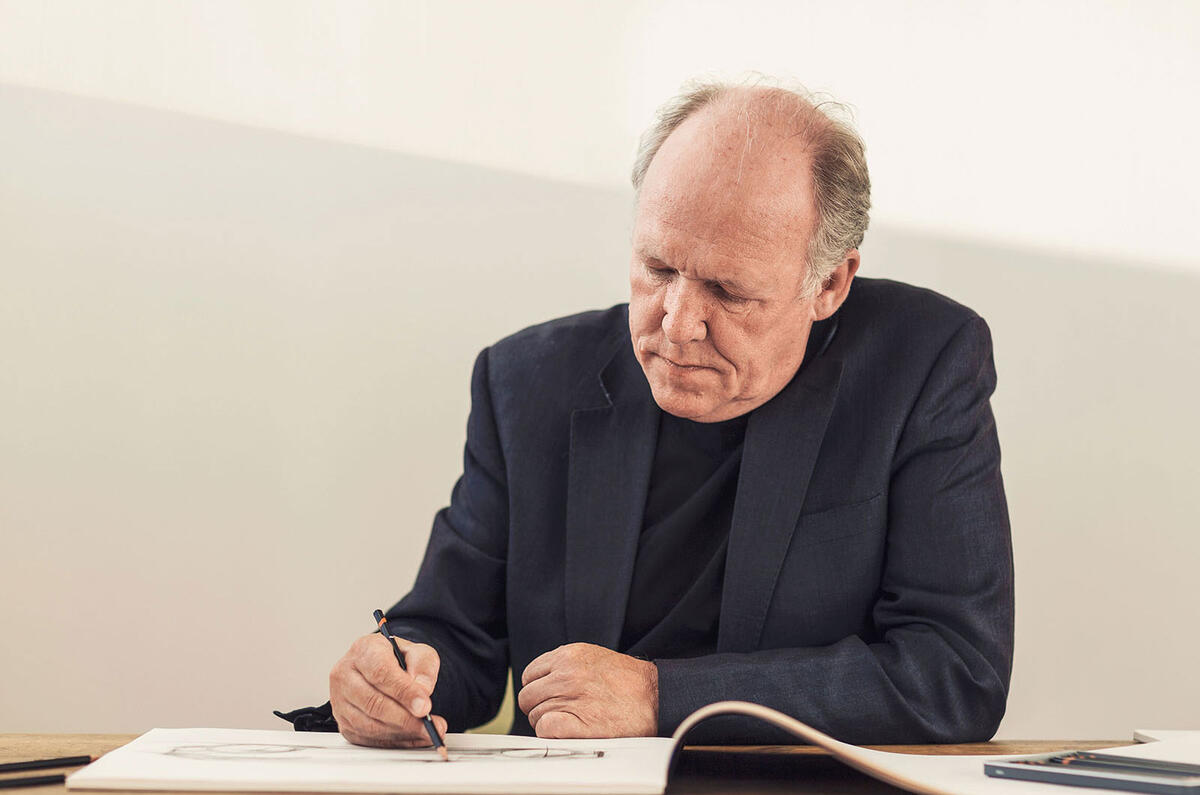
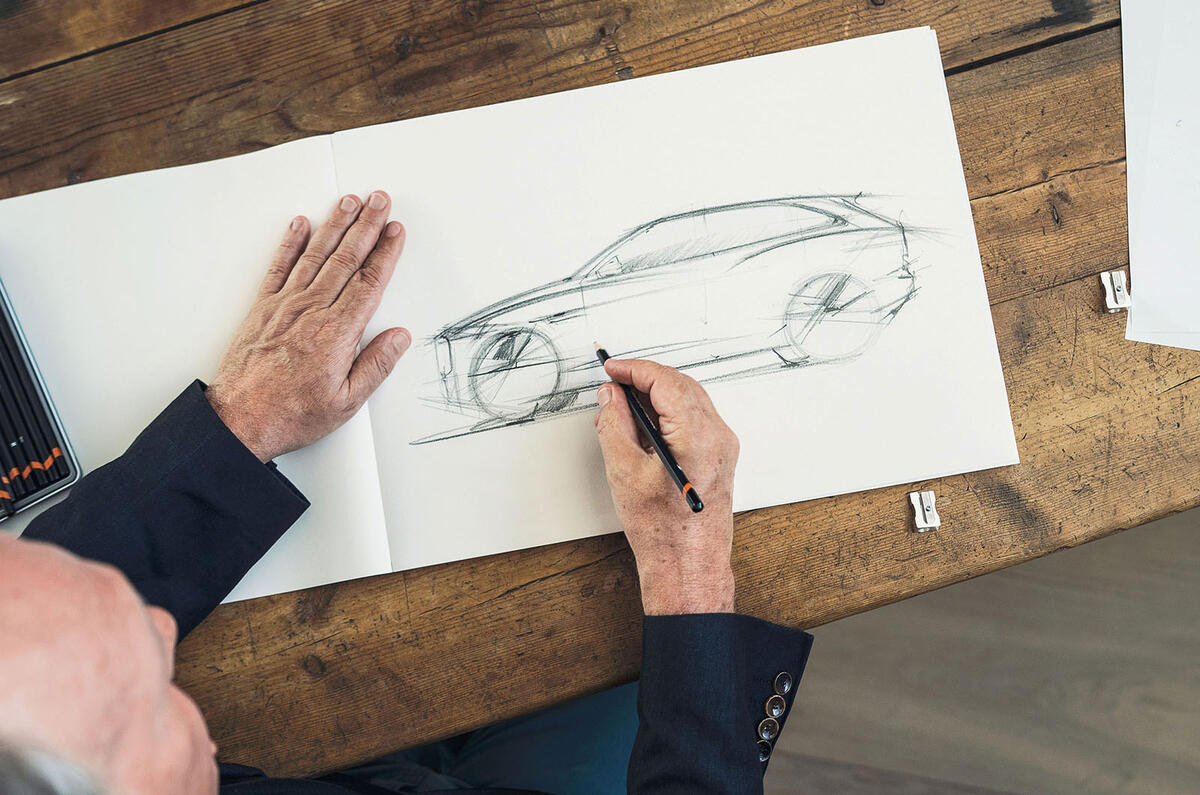
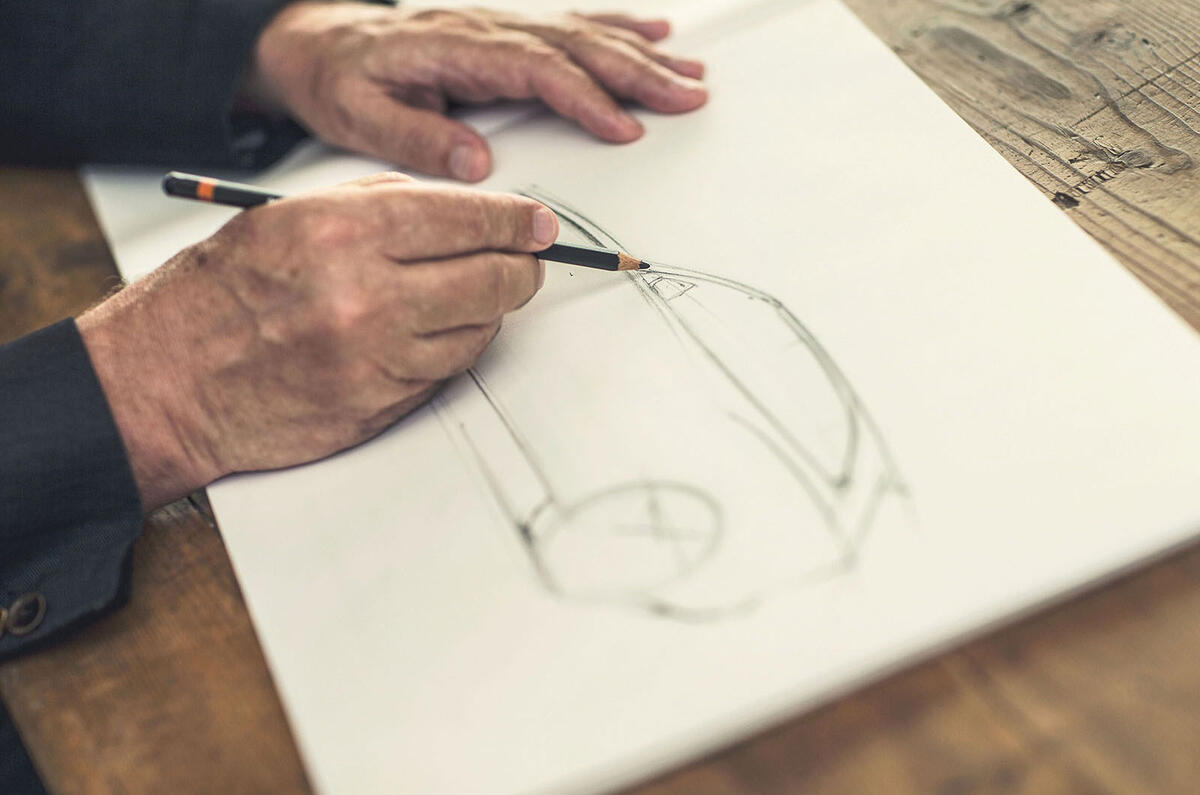
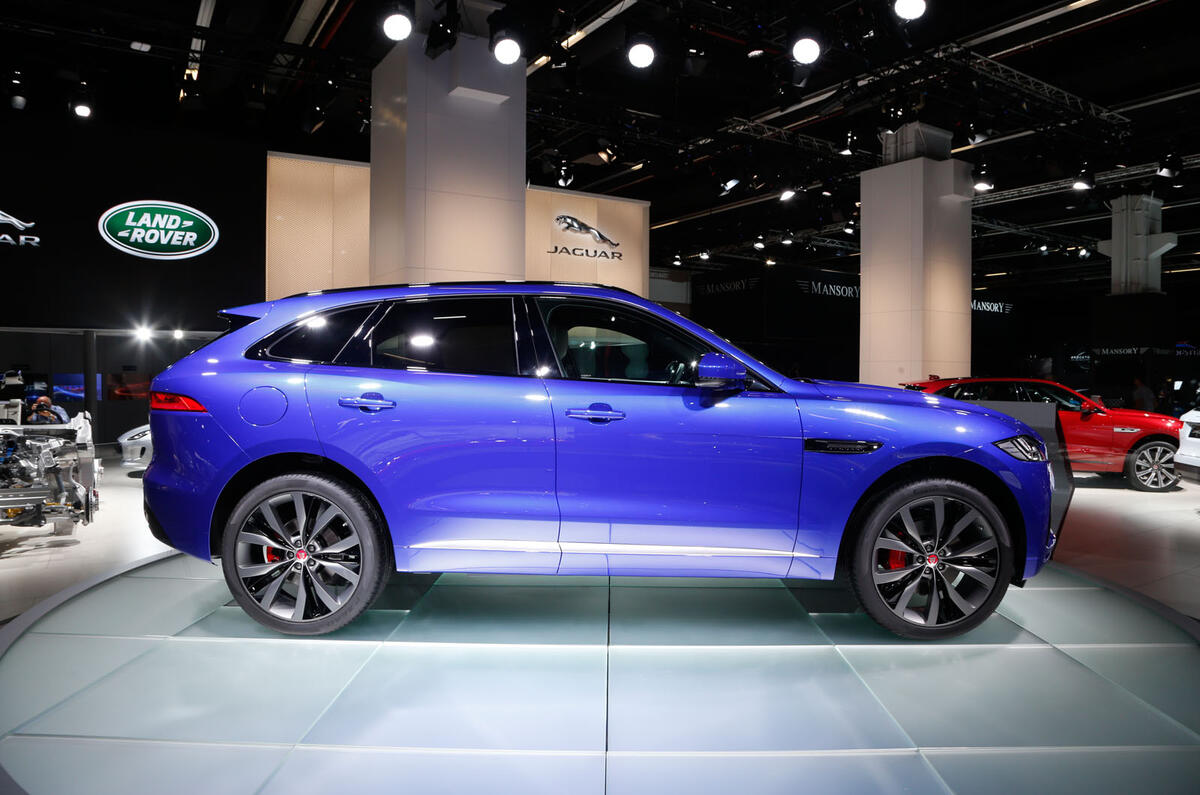
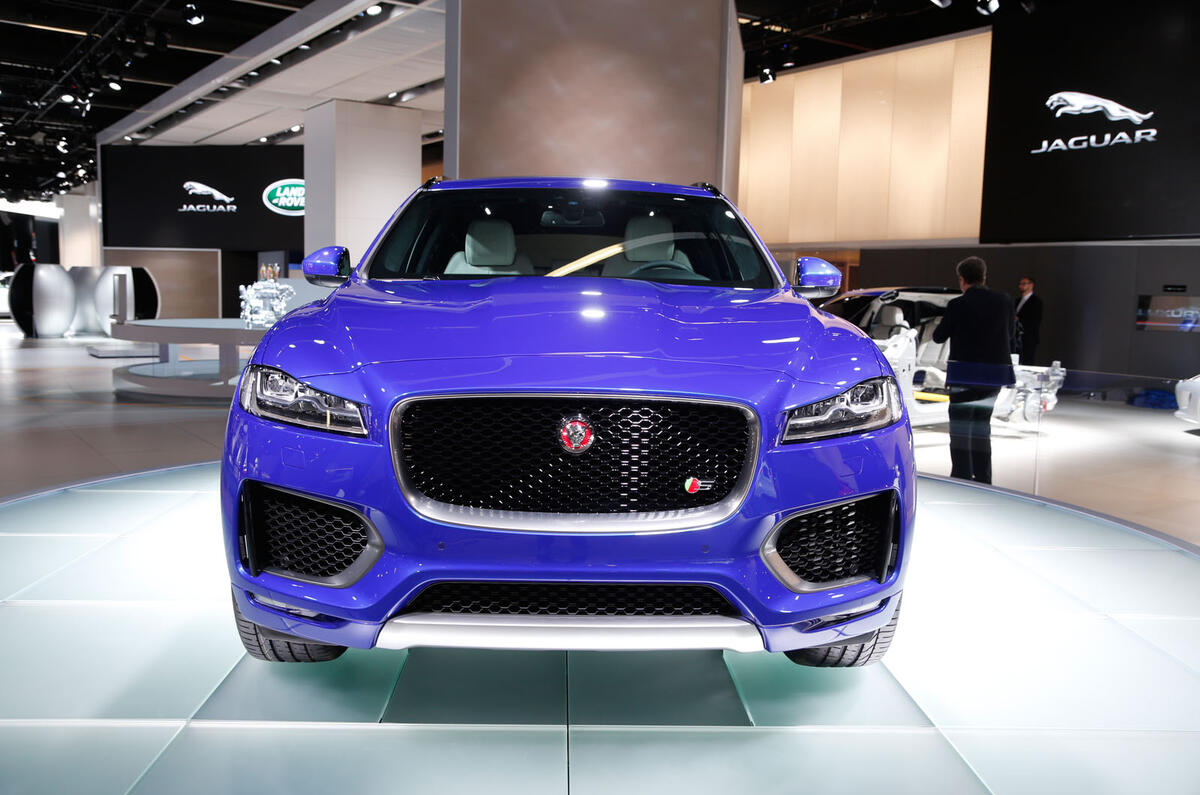
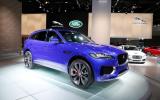
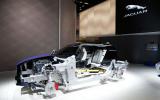

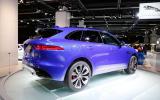
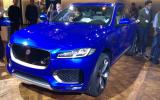

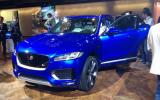
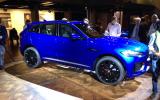
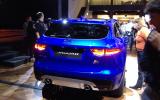



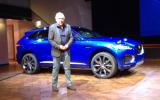
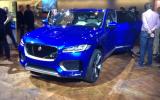
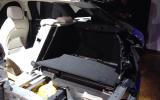

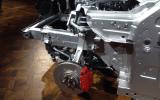
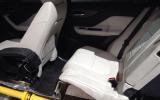
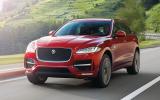
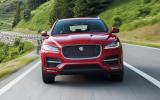
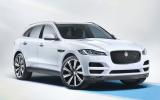
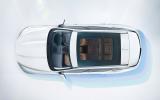


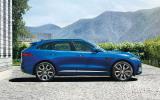
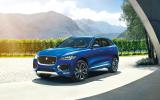

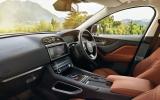
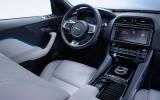
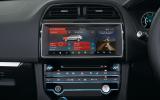
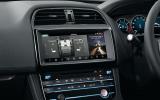
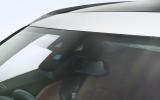
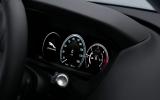




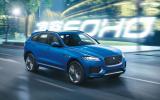
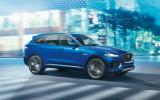
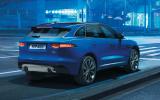
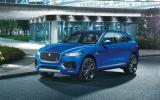
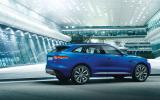


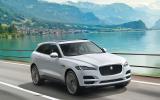
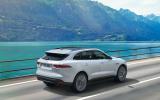
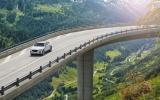
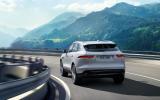
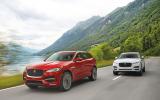

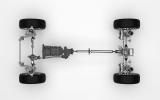
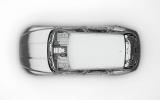
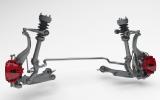
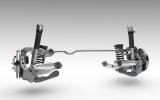
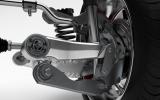

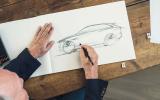

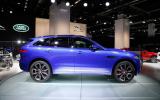
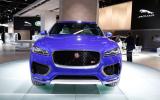






Join the debate
Add your comment
Config
I was fortunate to visit the
A pity that - no v6 in lower range say Portfolio/ R Sport
Lack of V6s lower in the range
Ski Kid wrote: looks very
It appears that demand for V6 petrol engines in Europe for cars of this class (and the 3 / 5 series saloons) appears to have materially declined in the last 5-6 years. Perhaps as a reaction to environmental concerns, the overall cost of motoring and increasingly high taxation (from the annual Road Tax, Insurance and even the cost of street parking permits in London the costs of which are now linked to emissions, most people seem to prefer the 2L diesels over anything else. Like it or not, if manufacturers want to make money, they may as well provide customers what they really want.